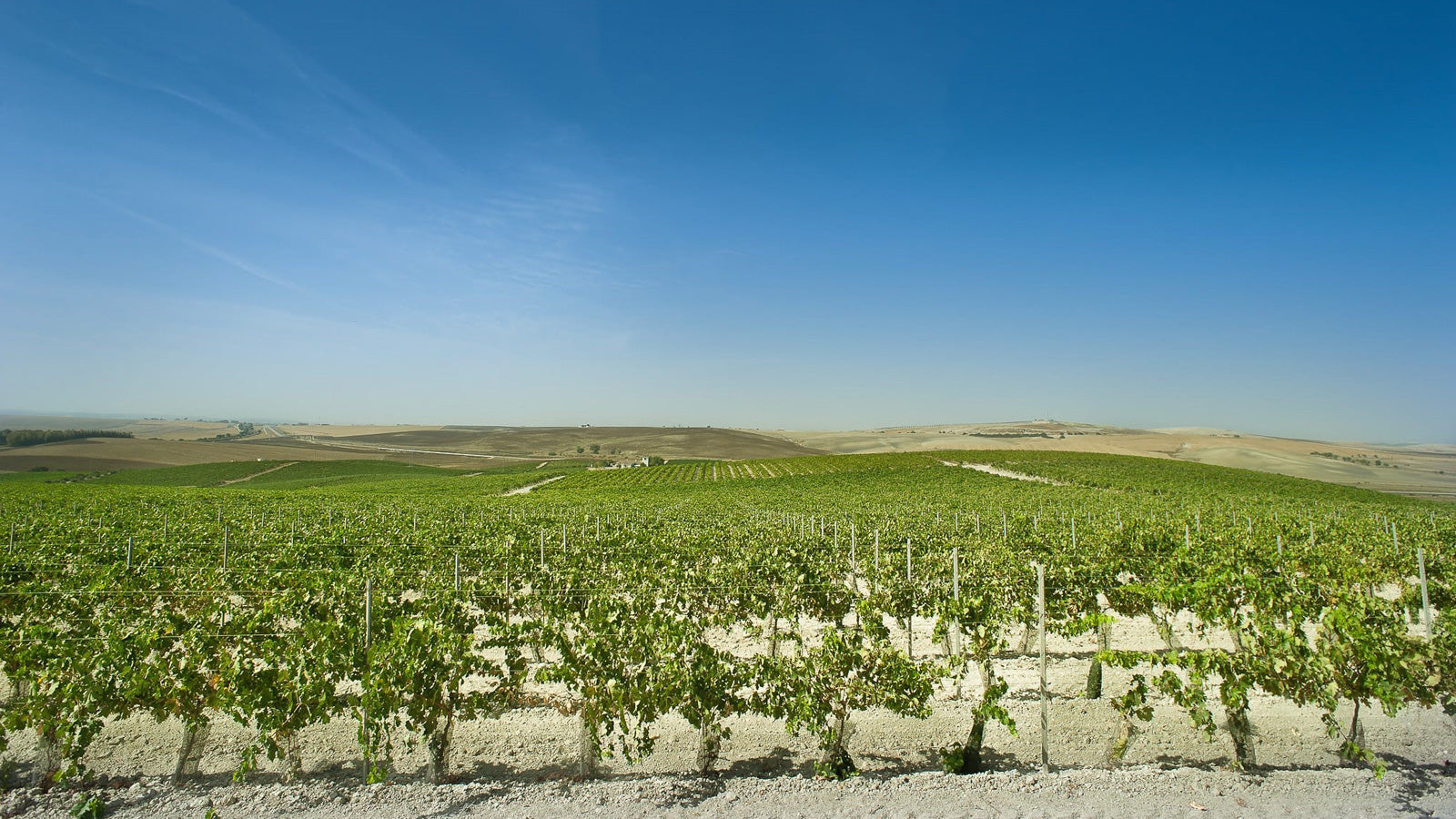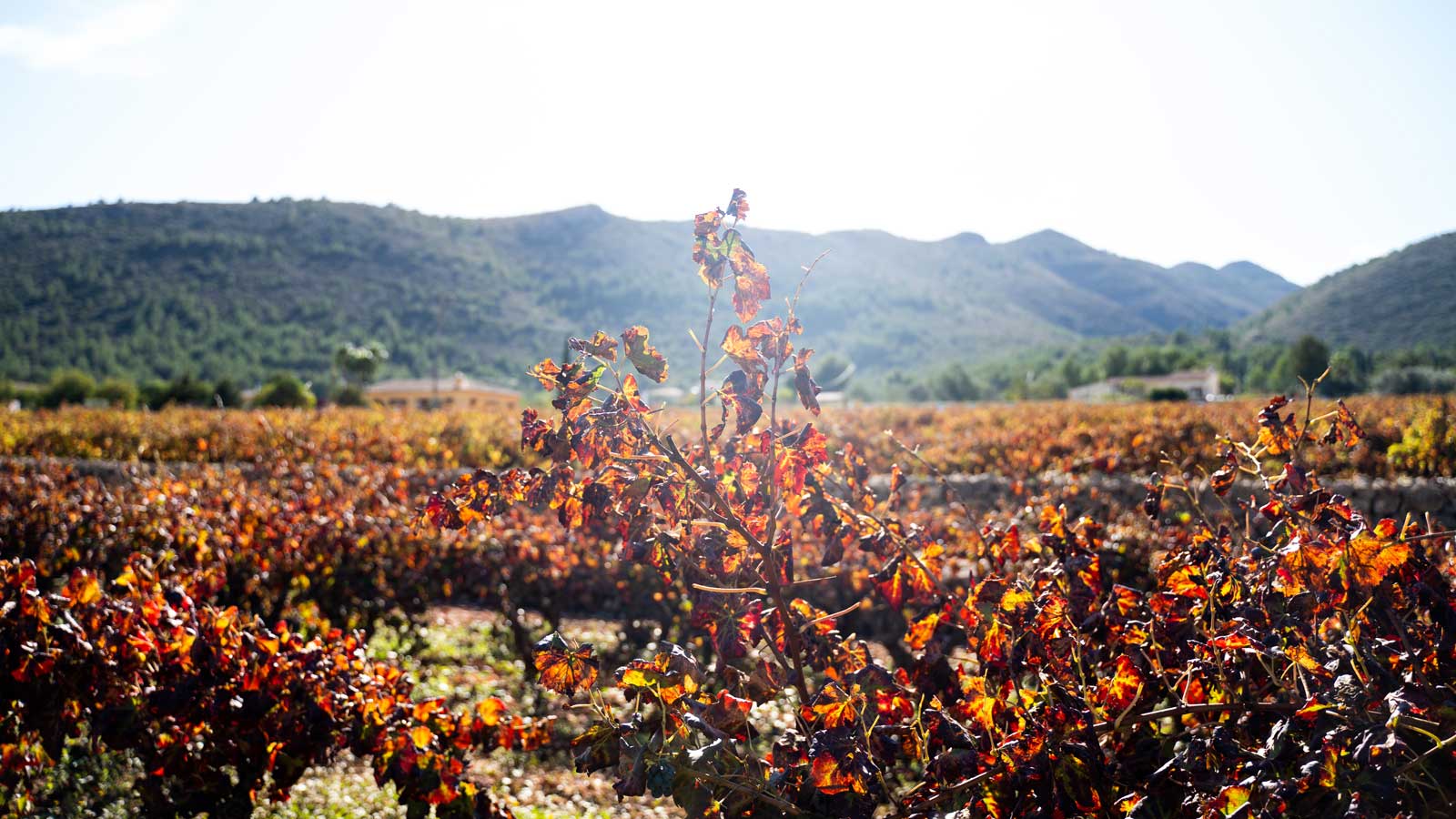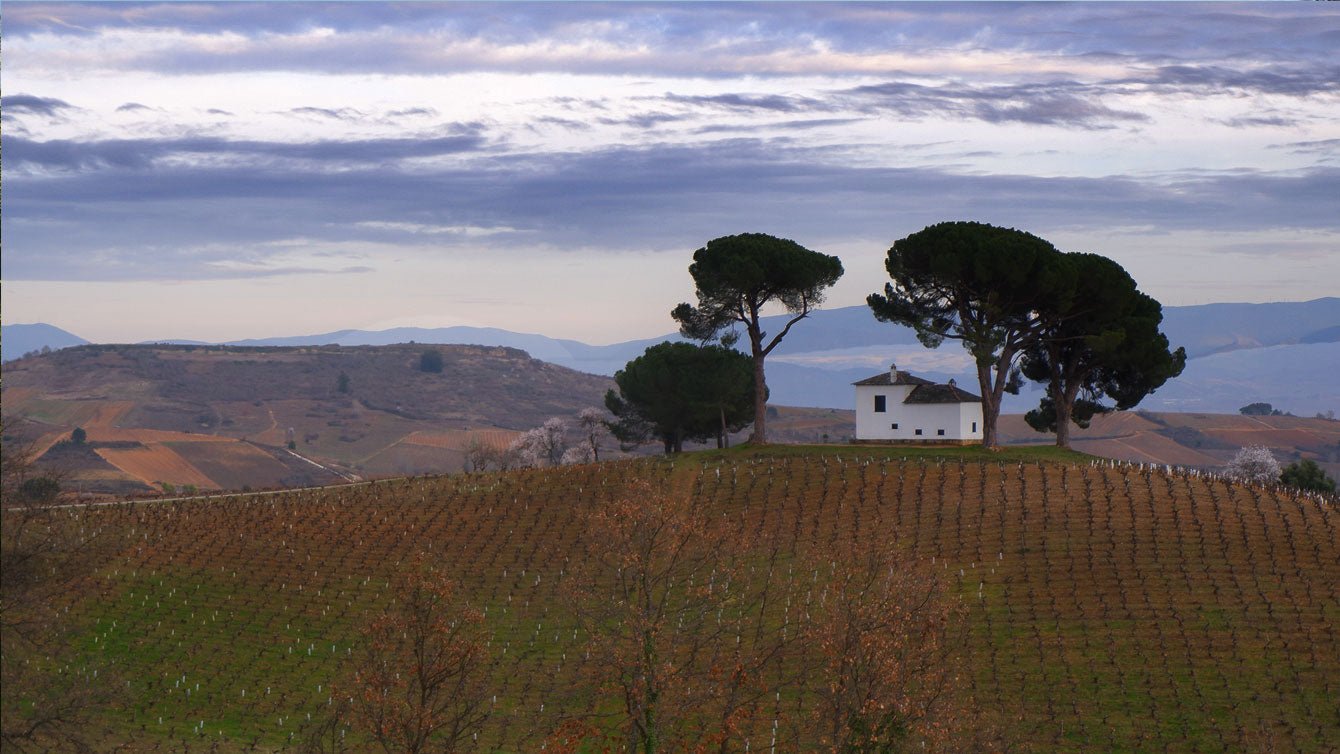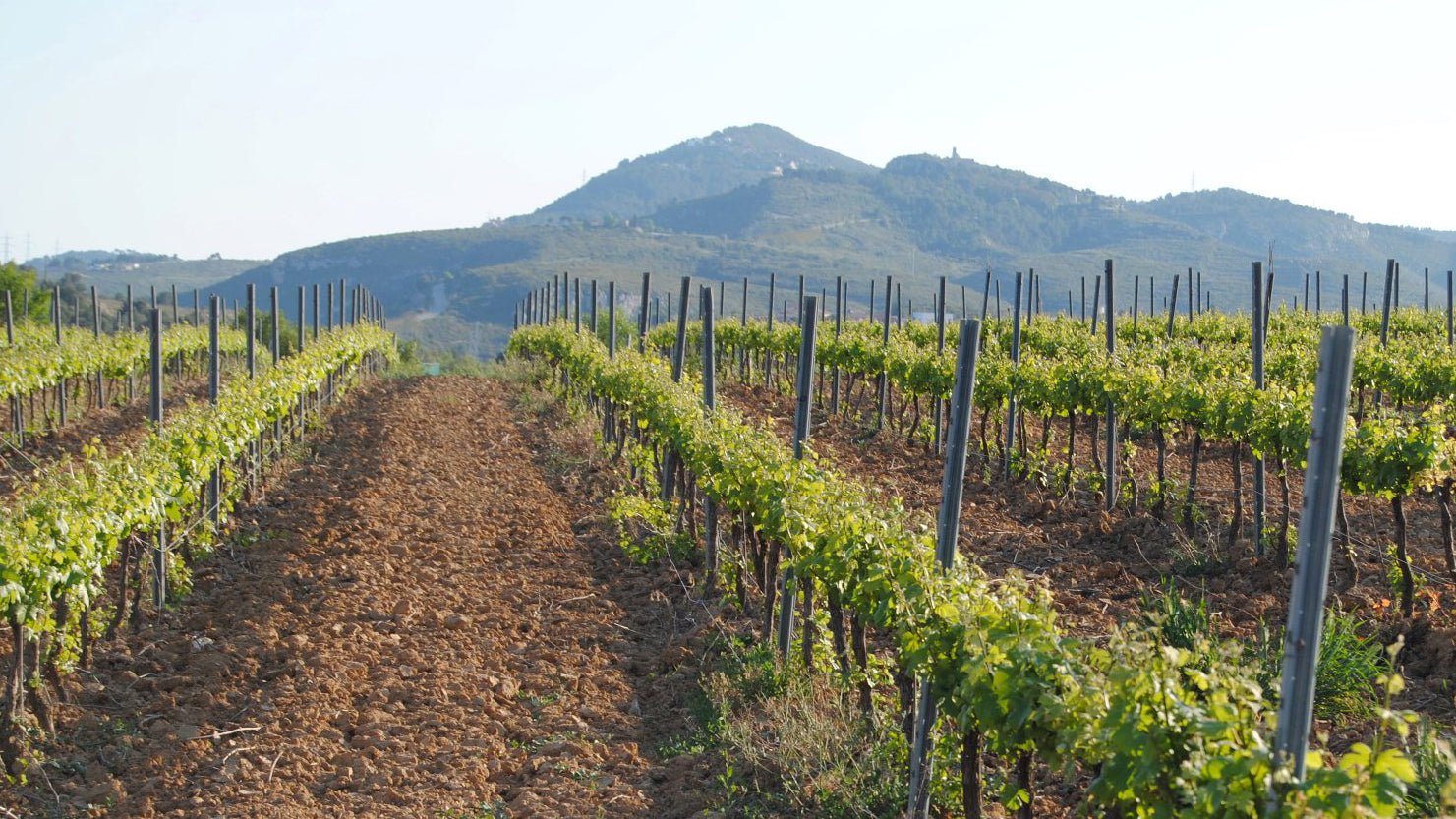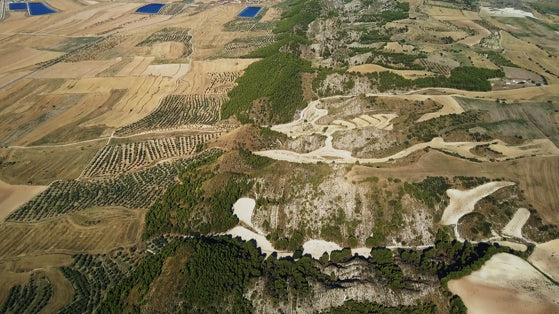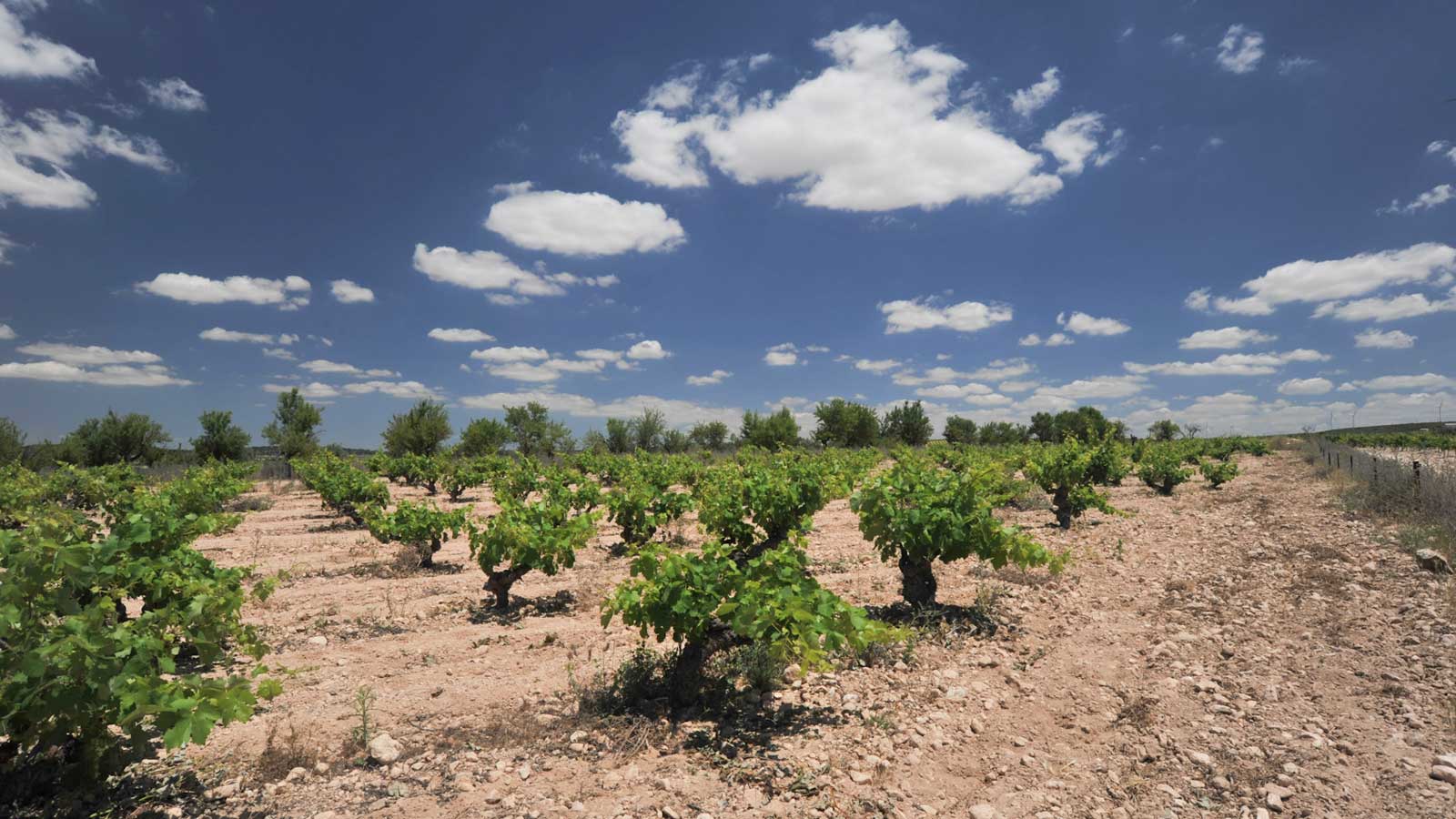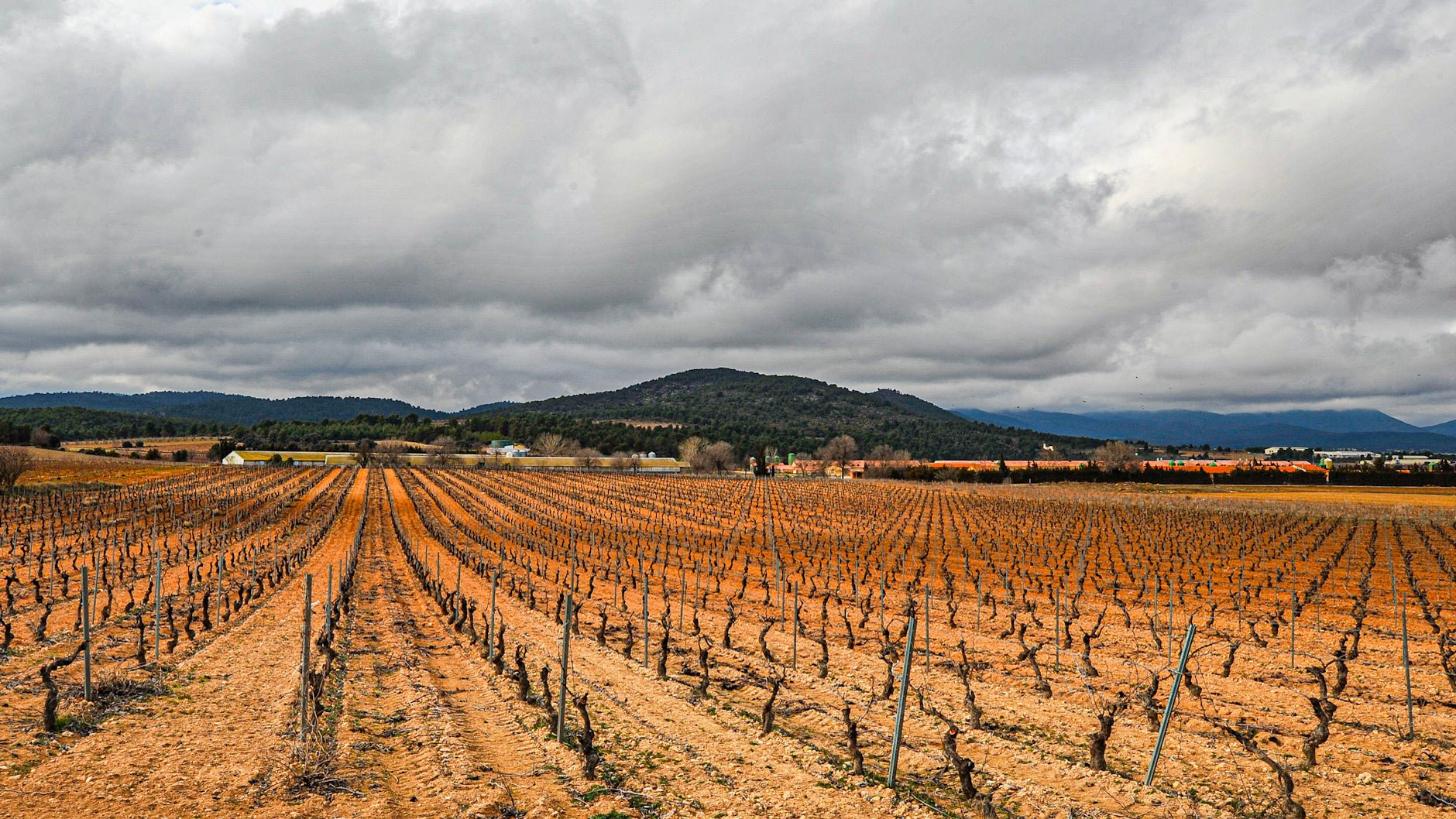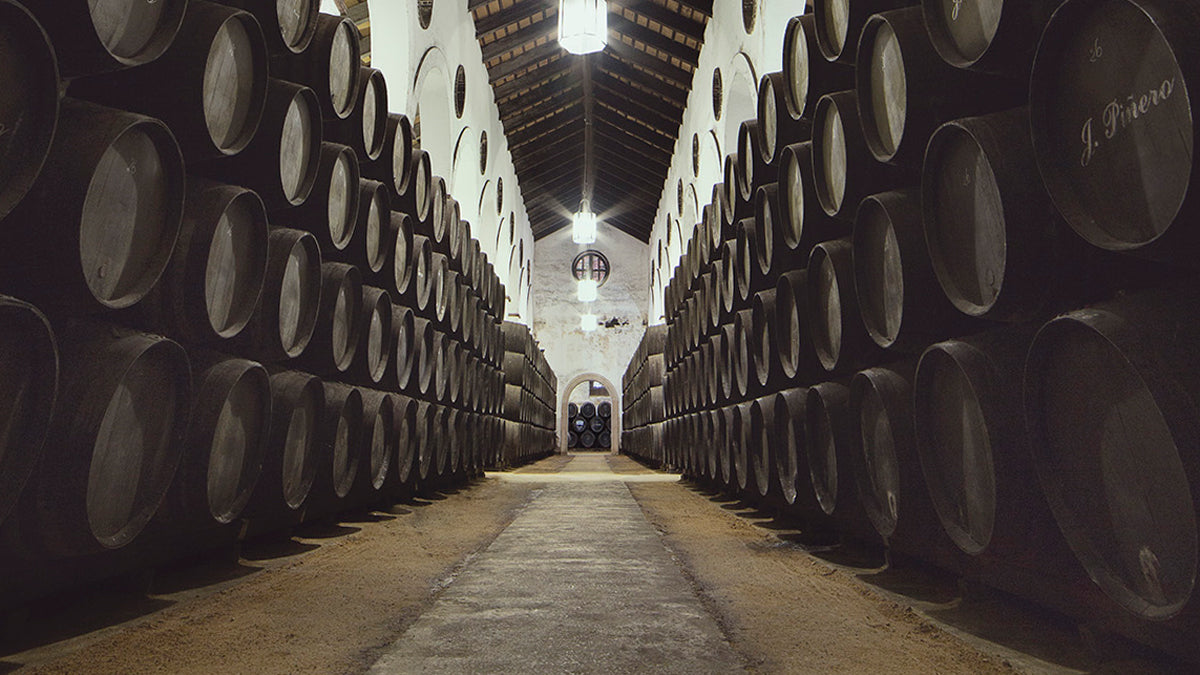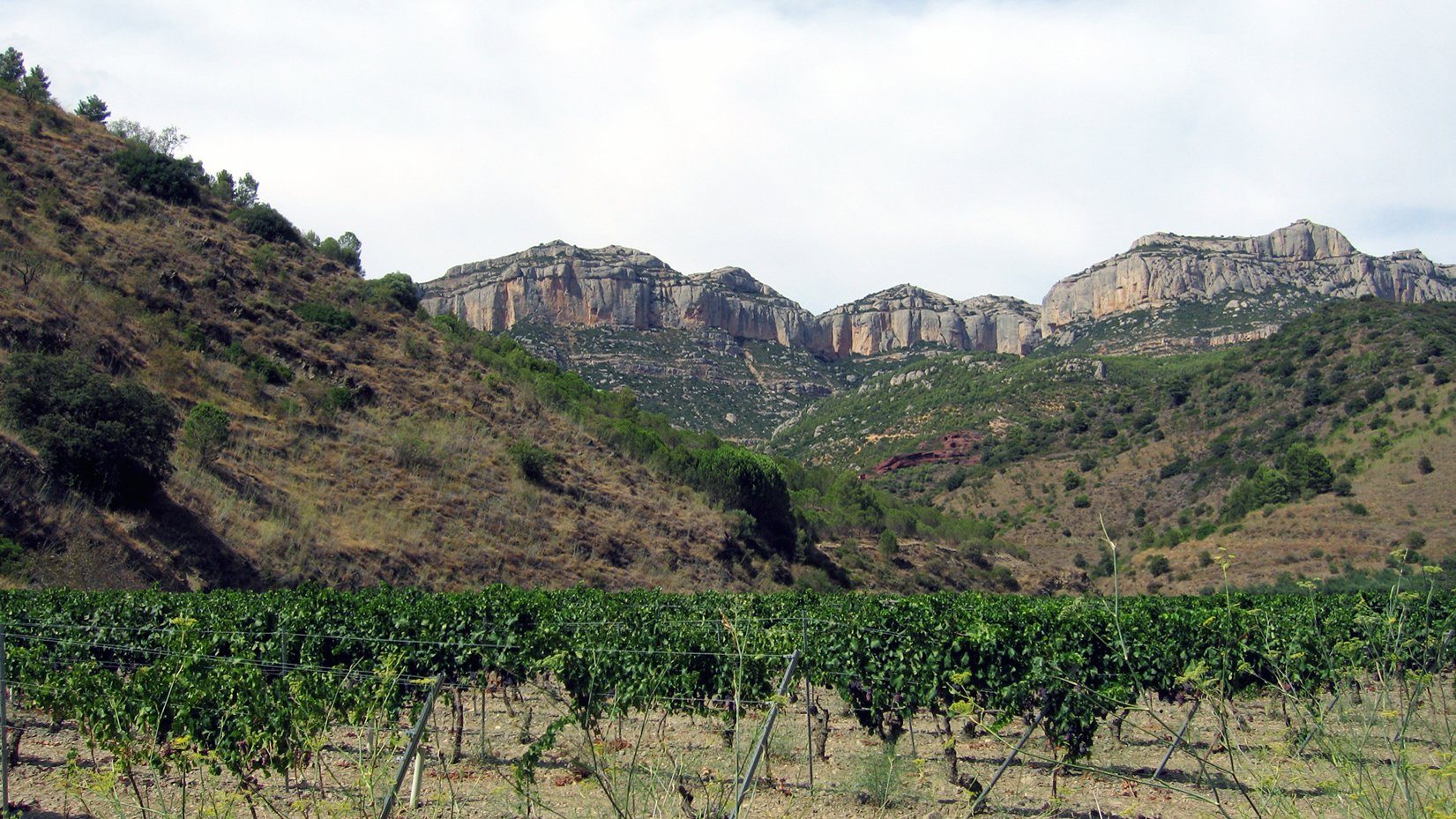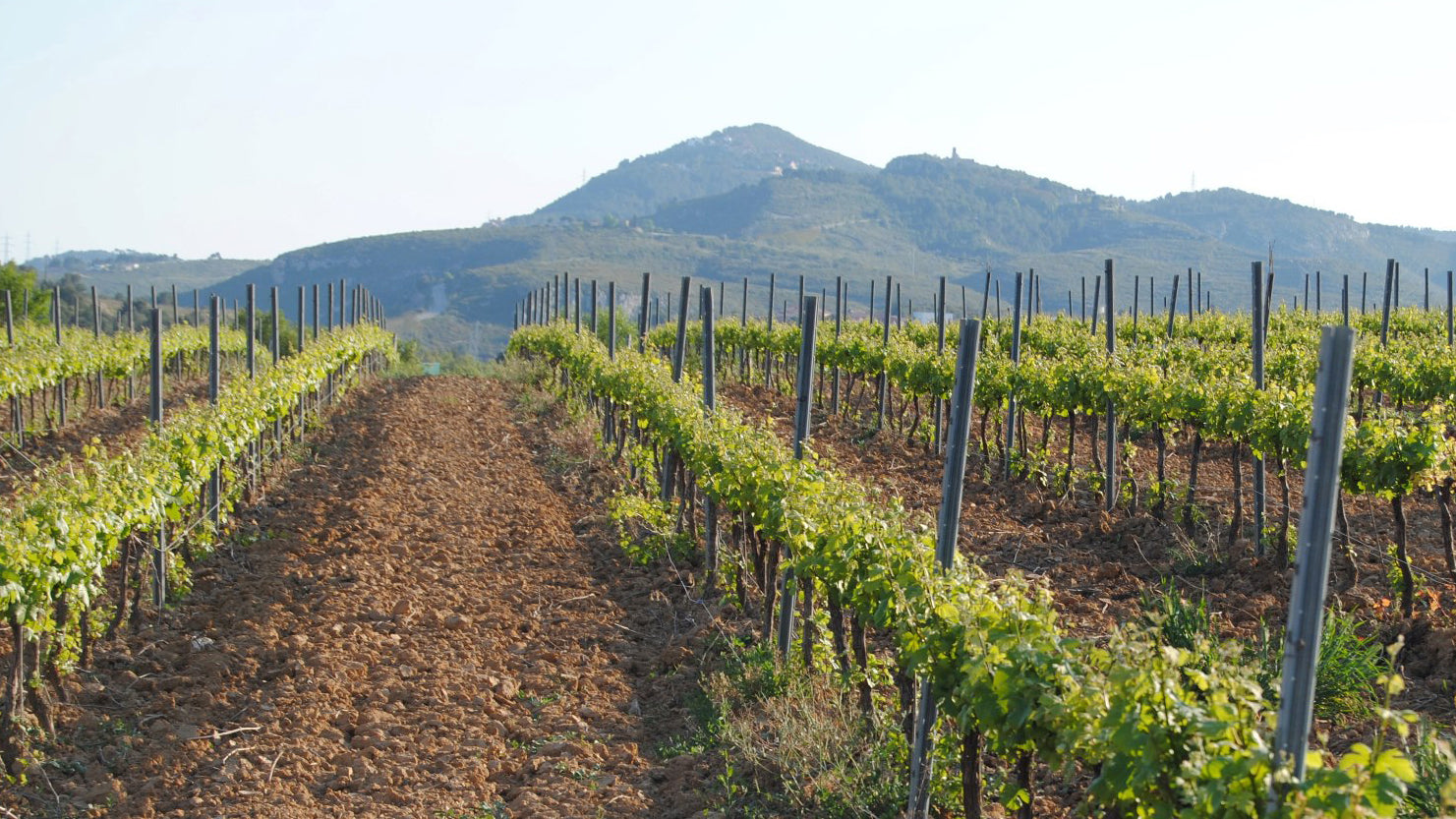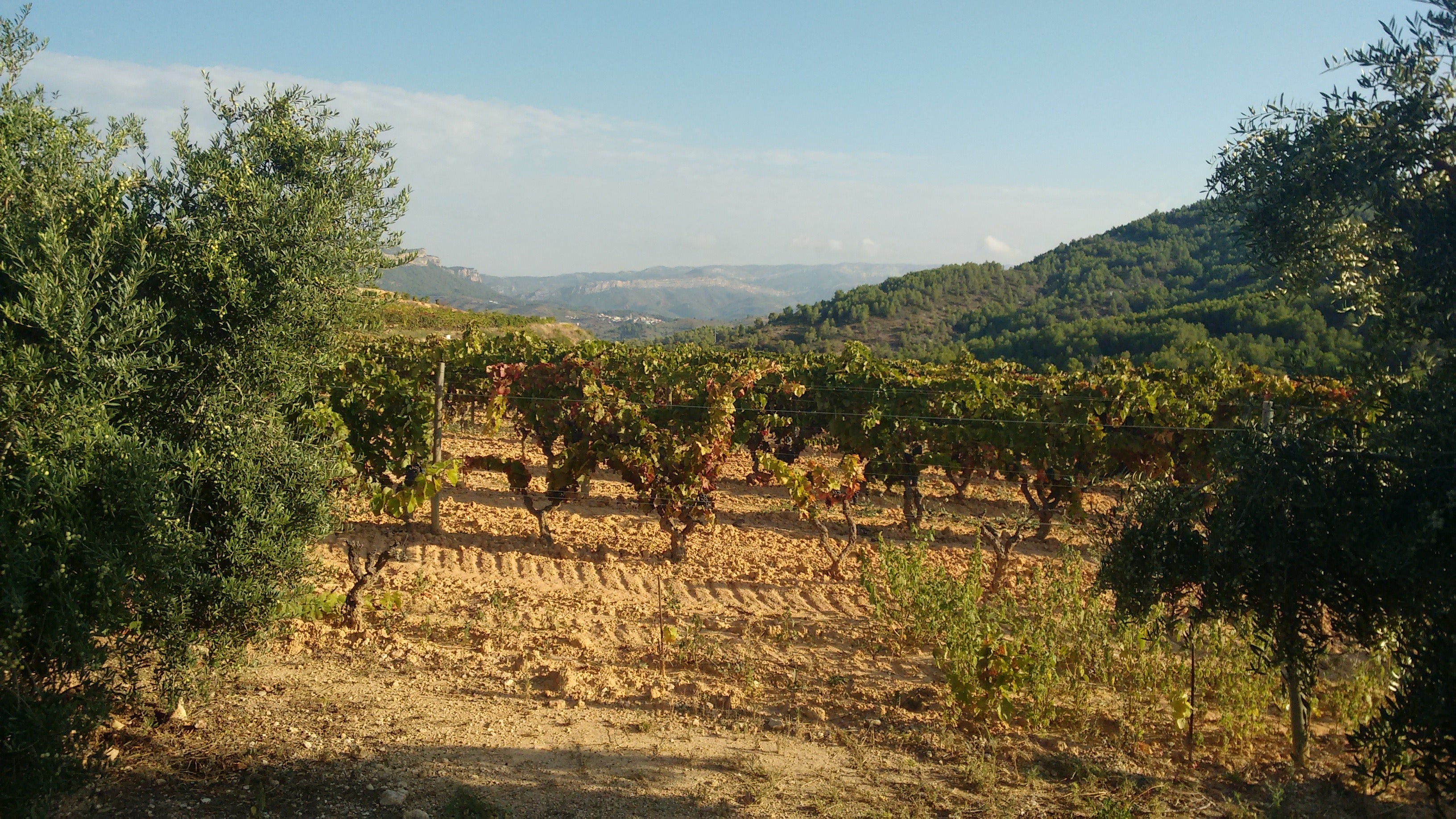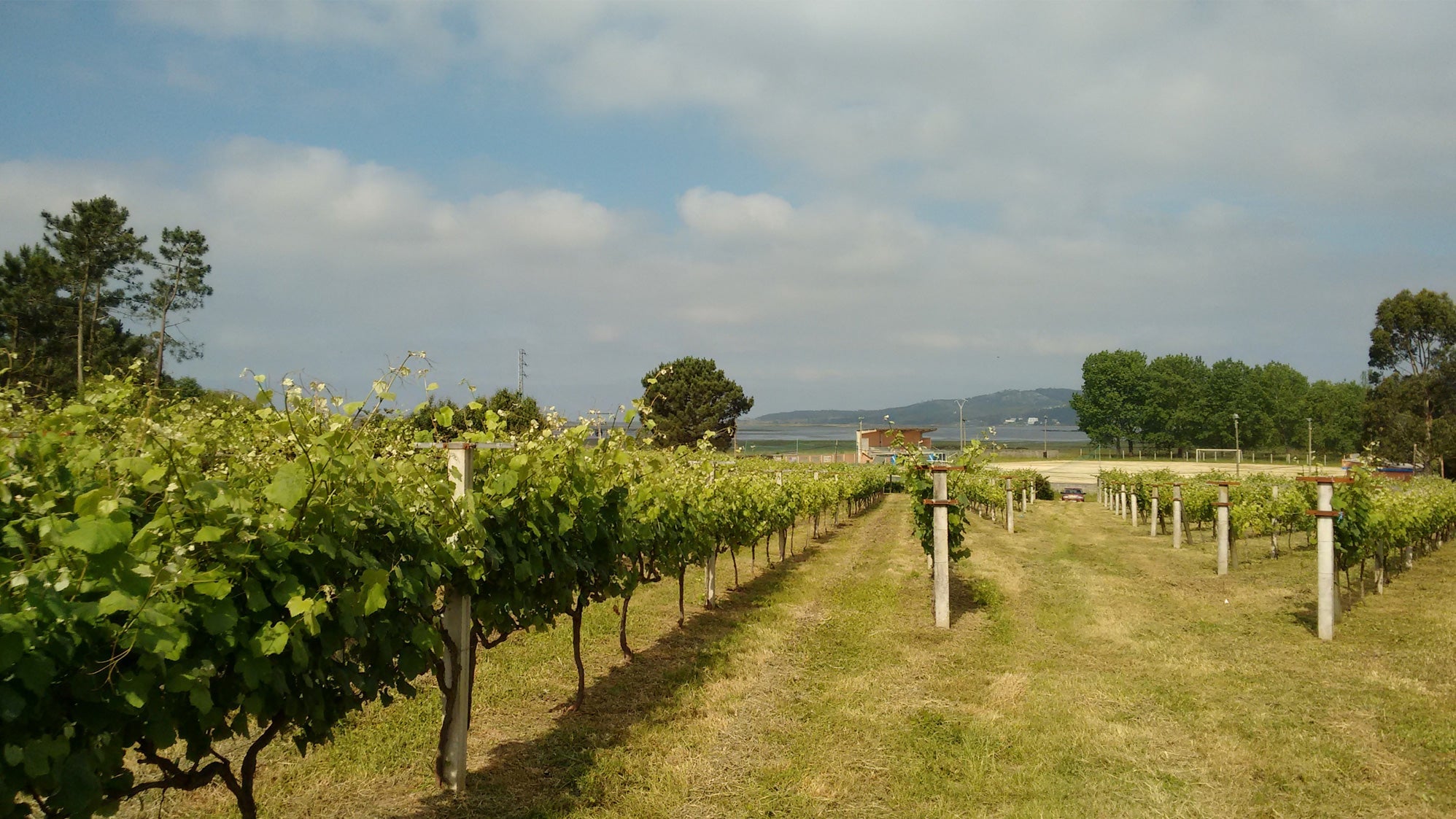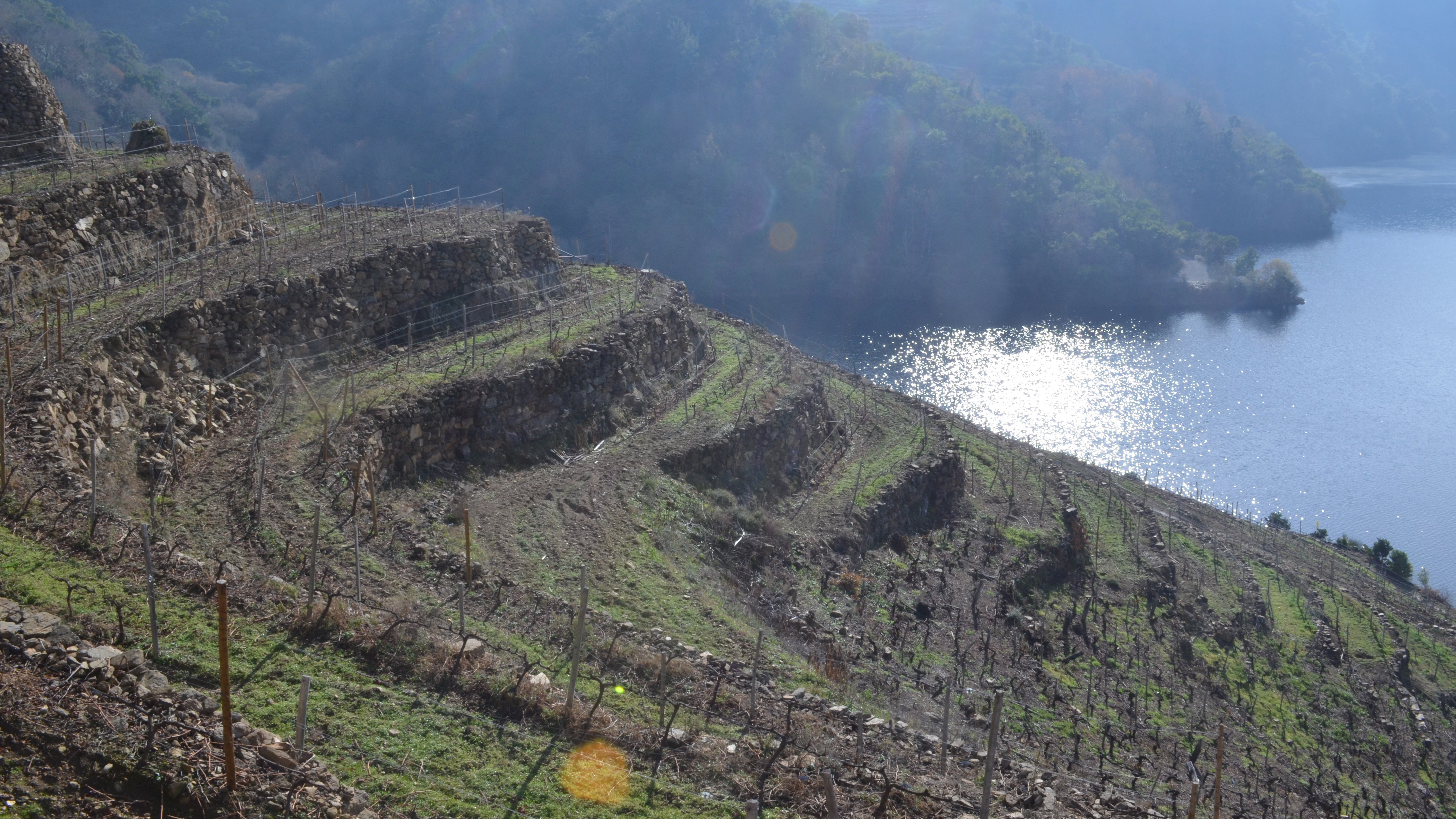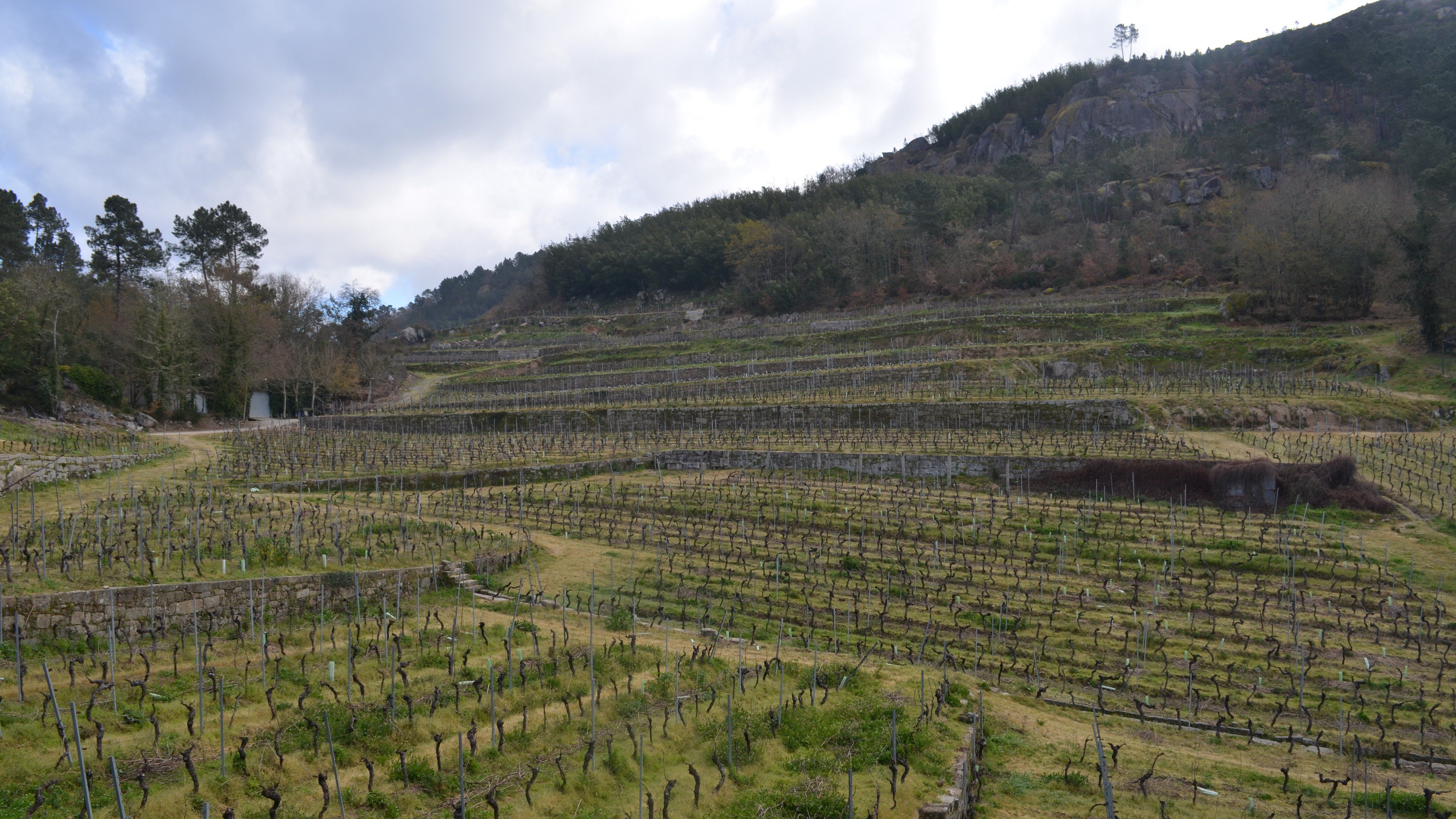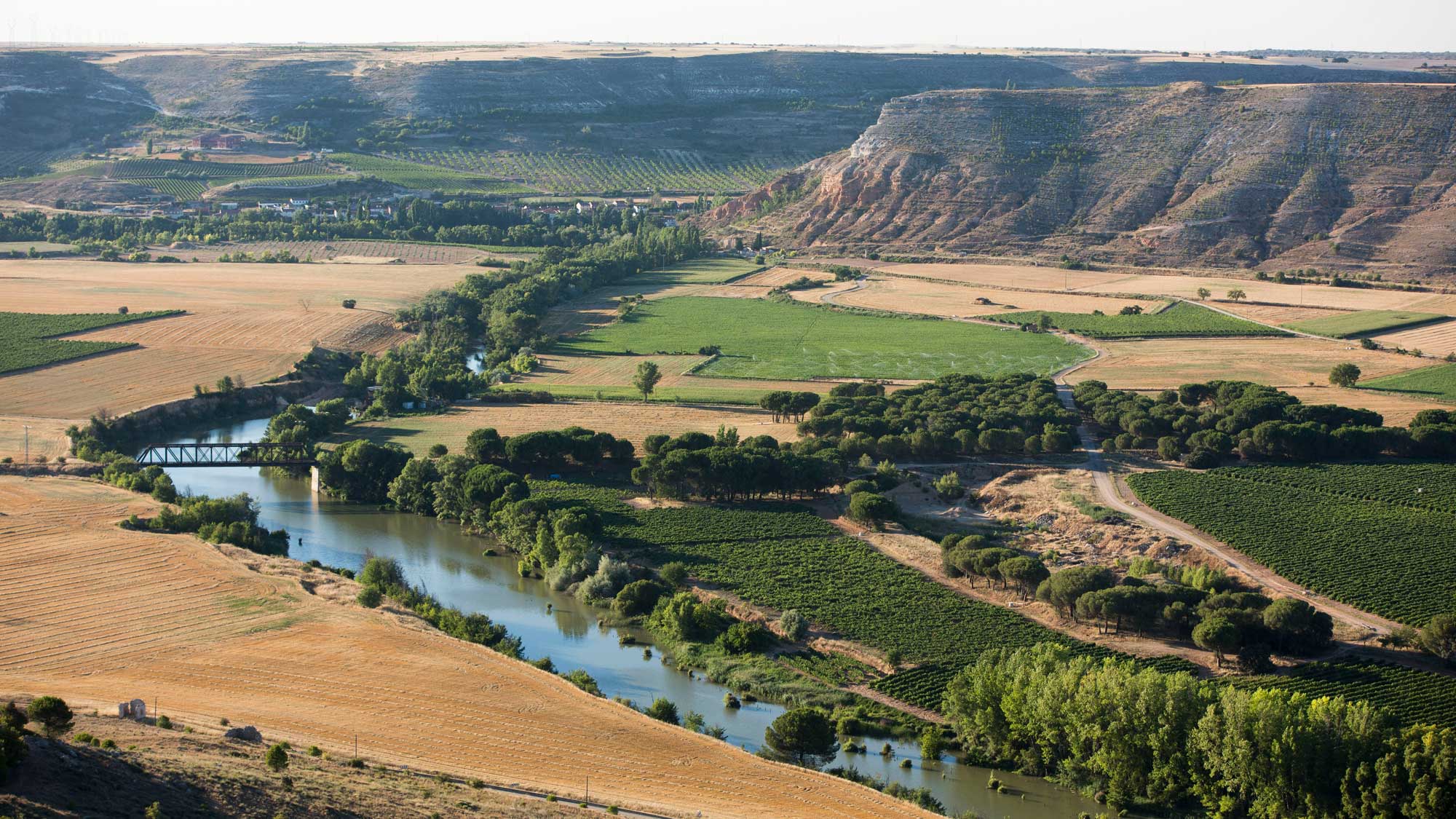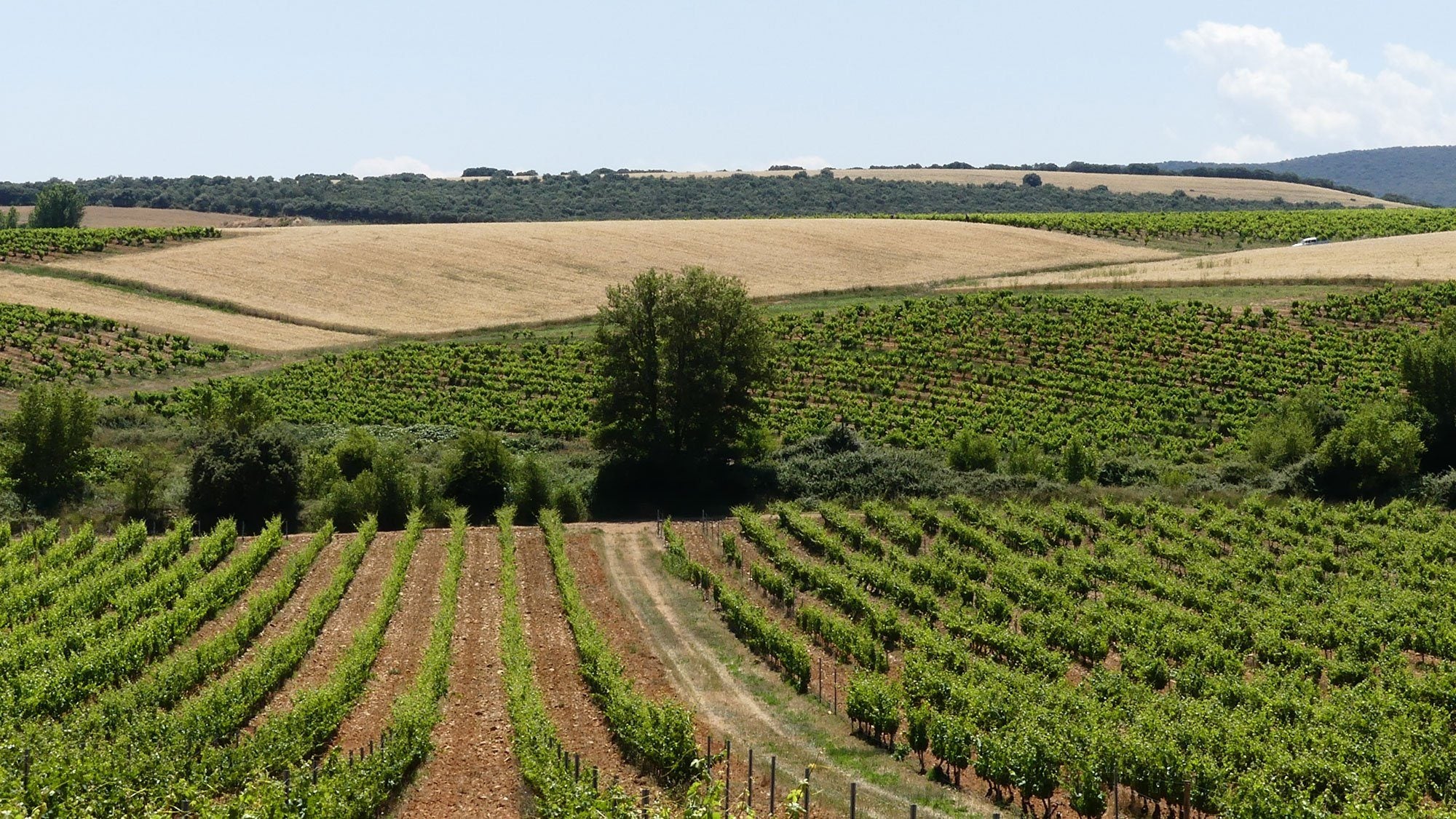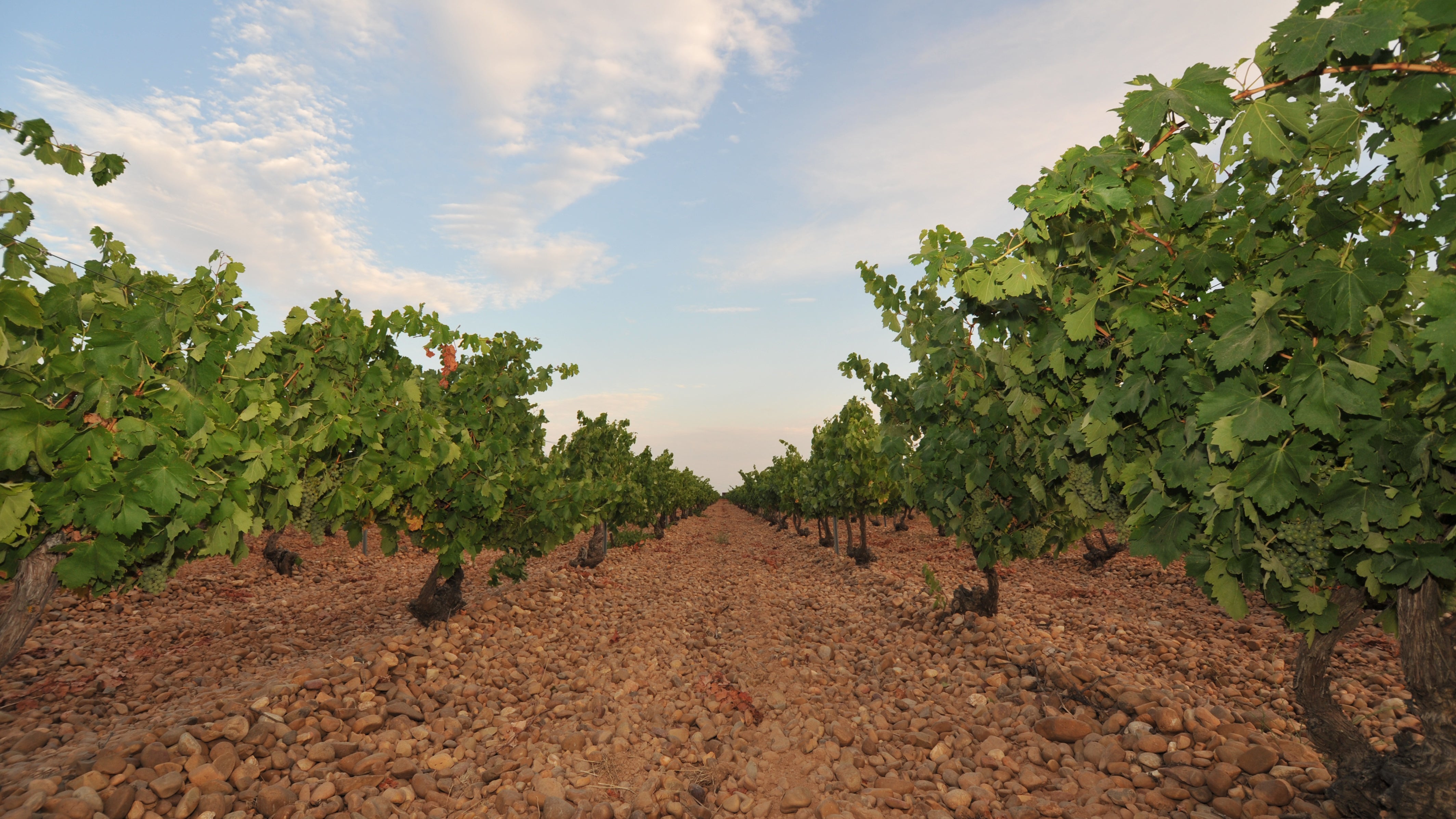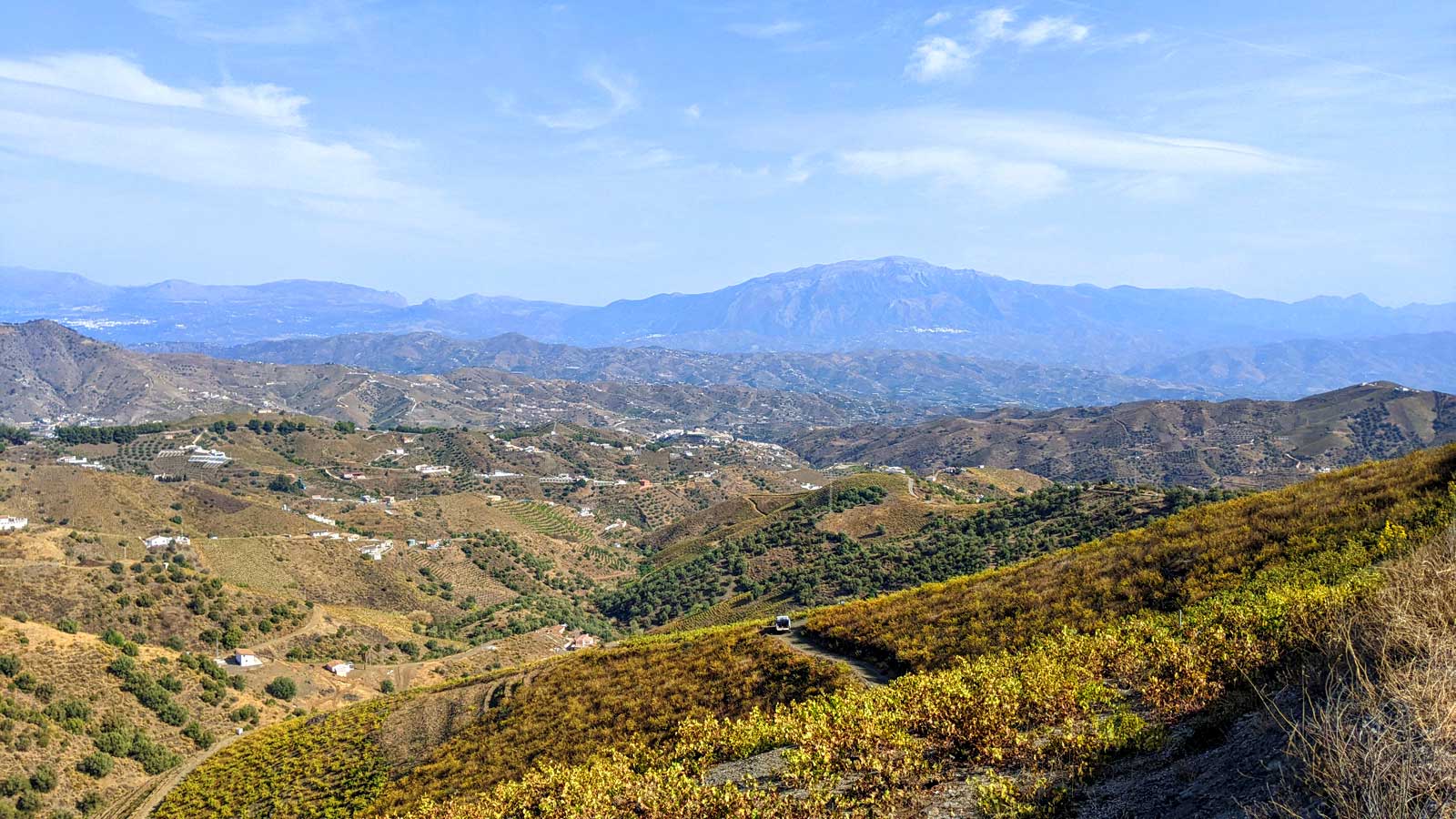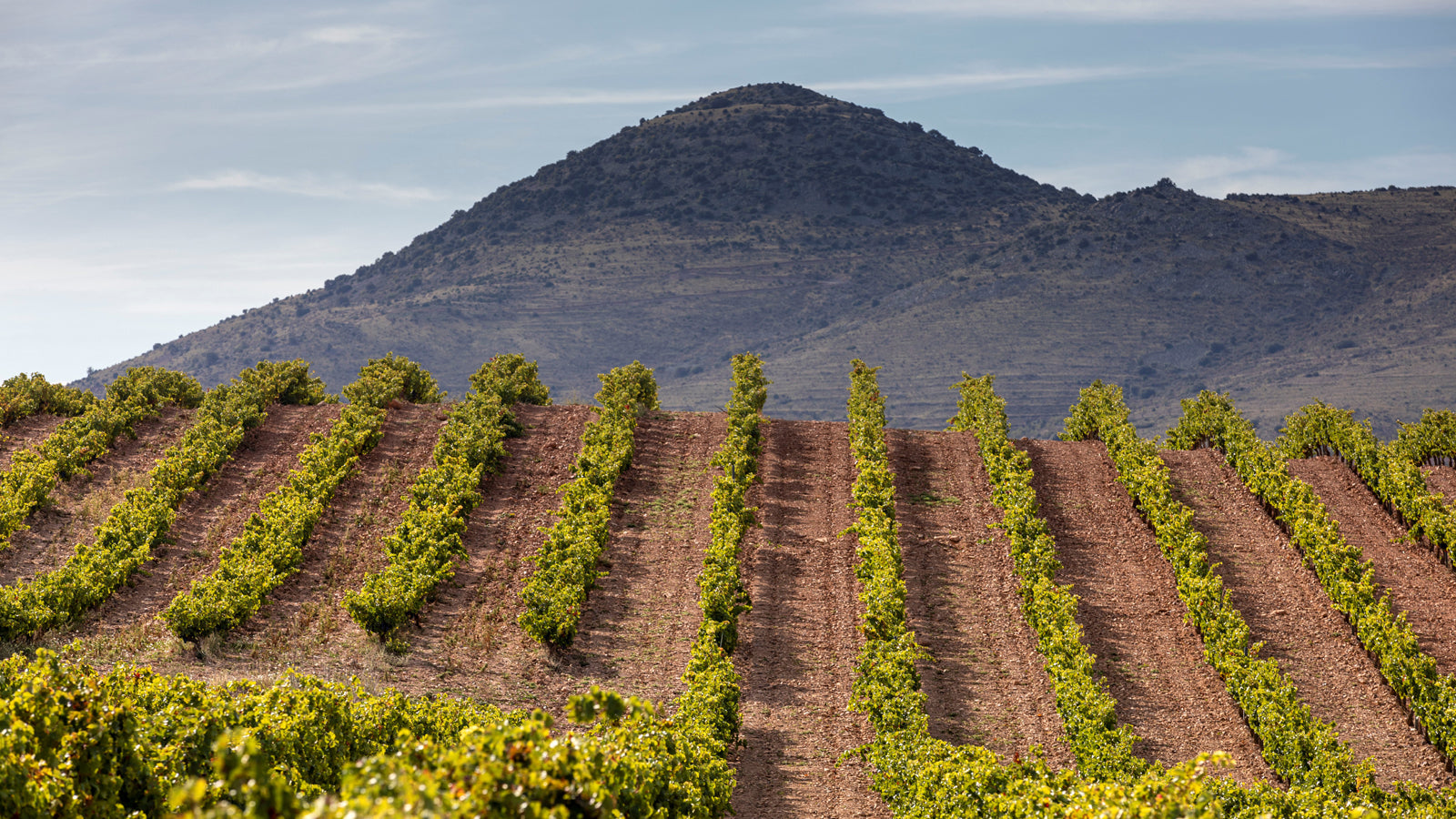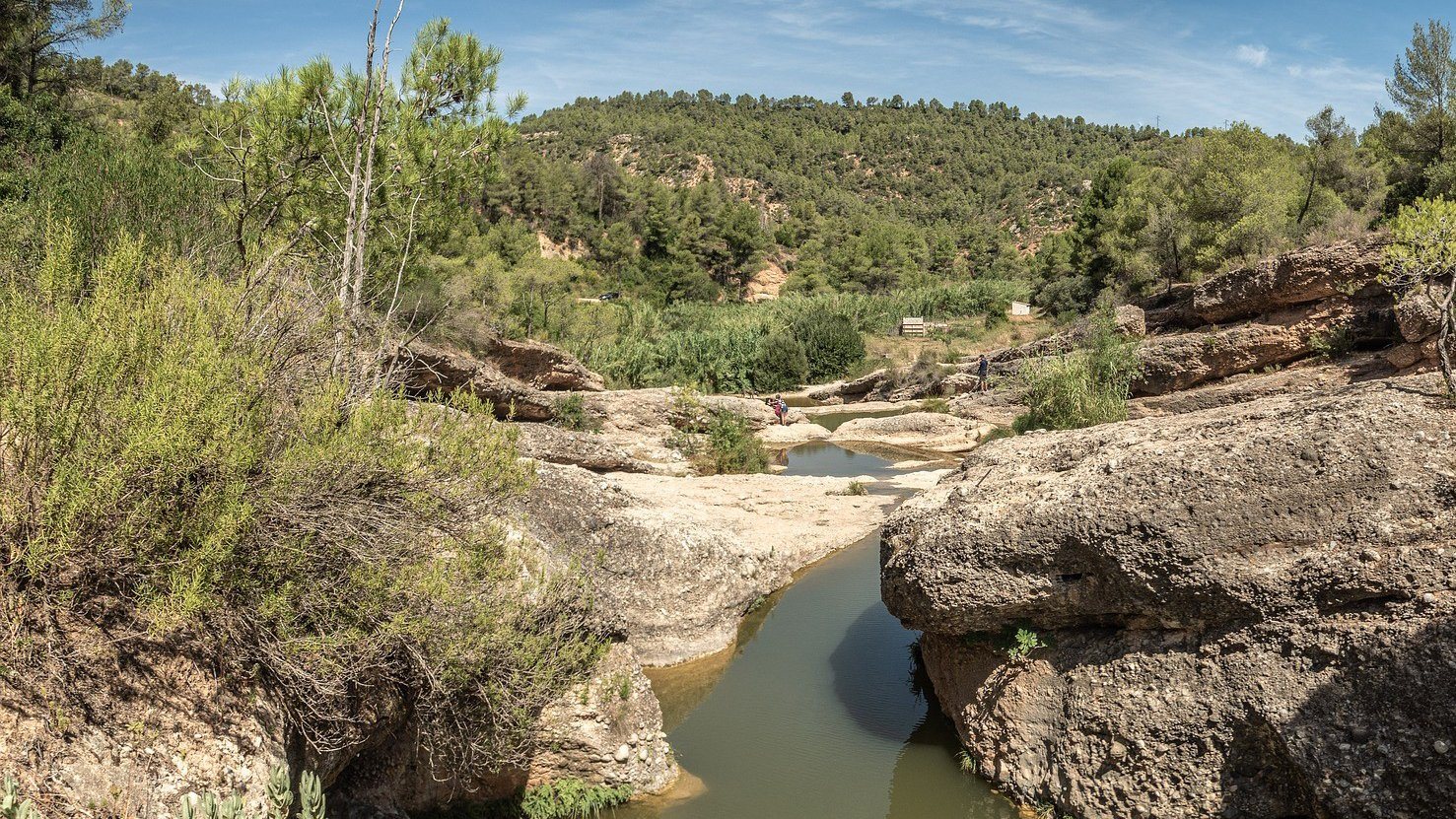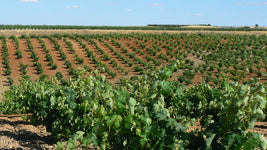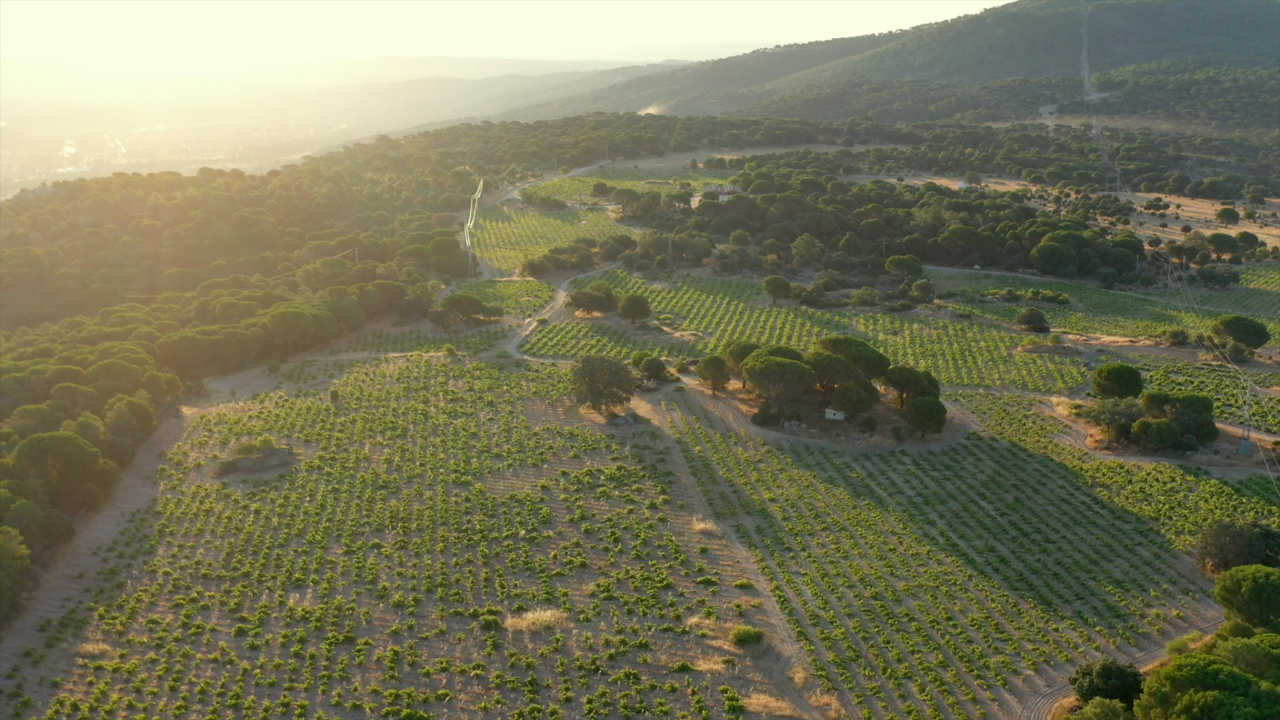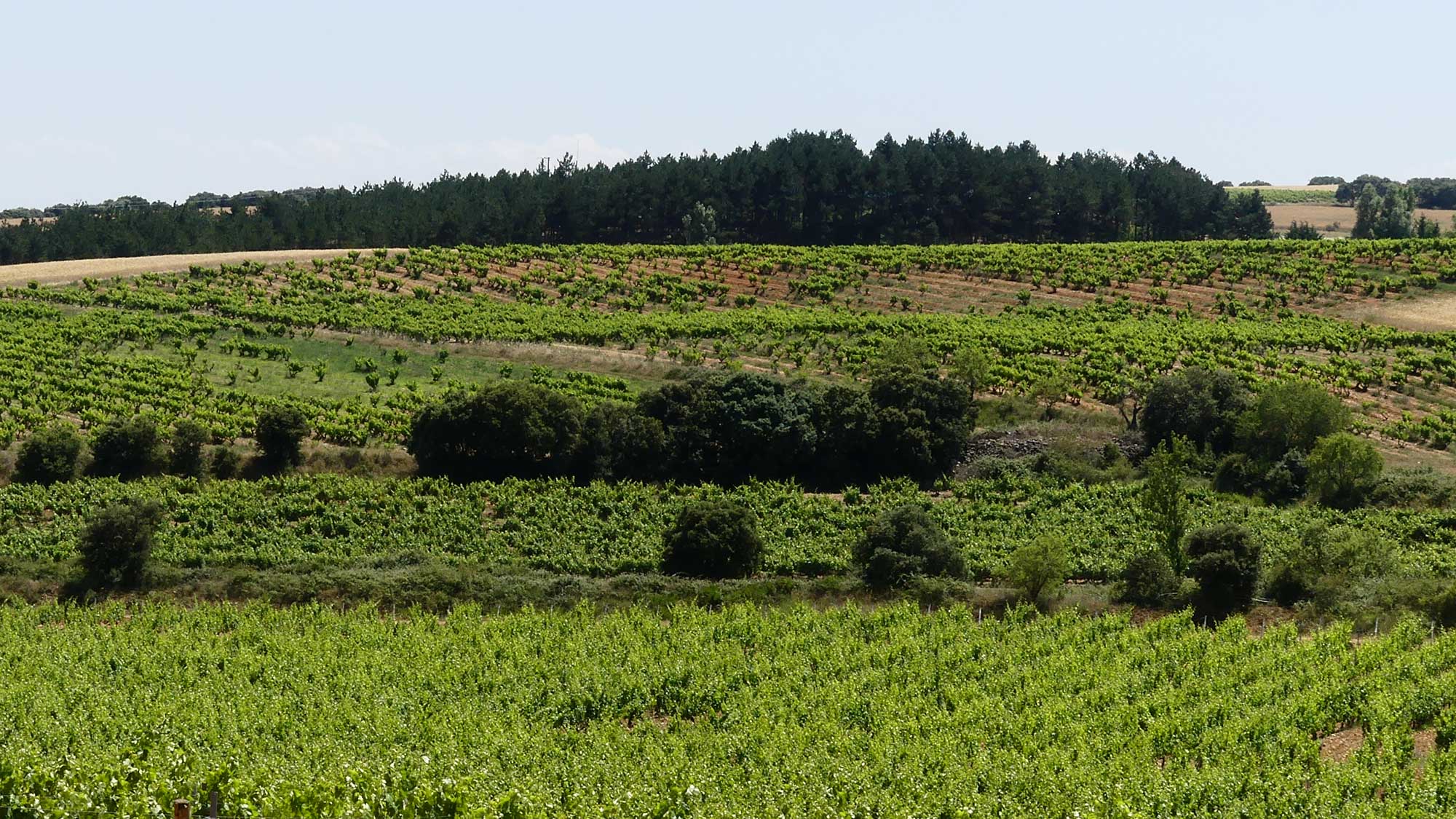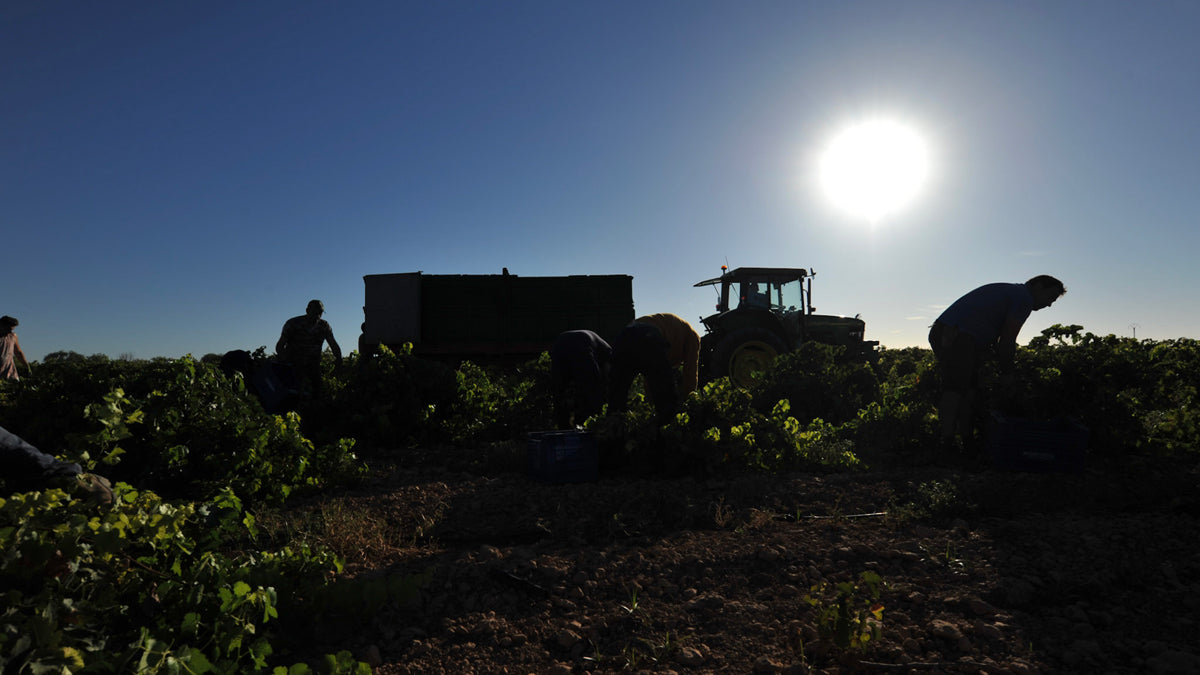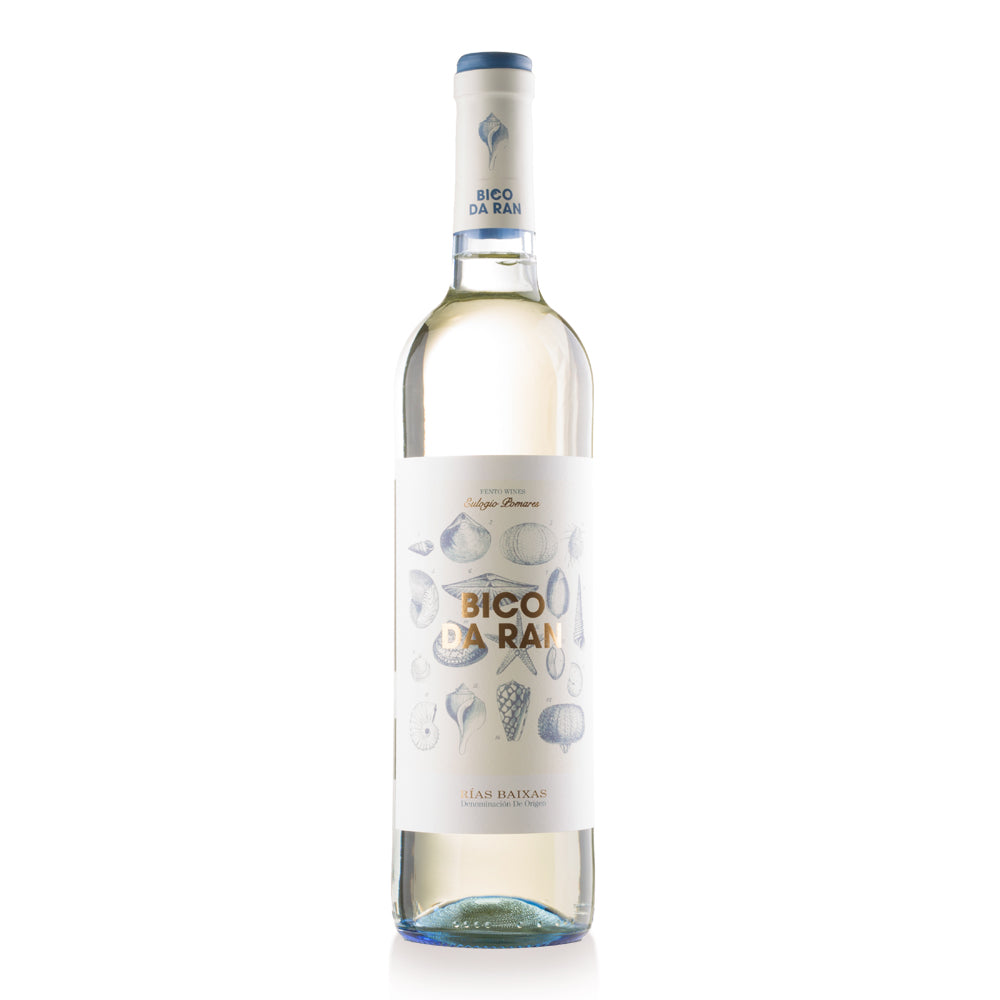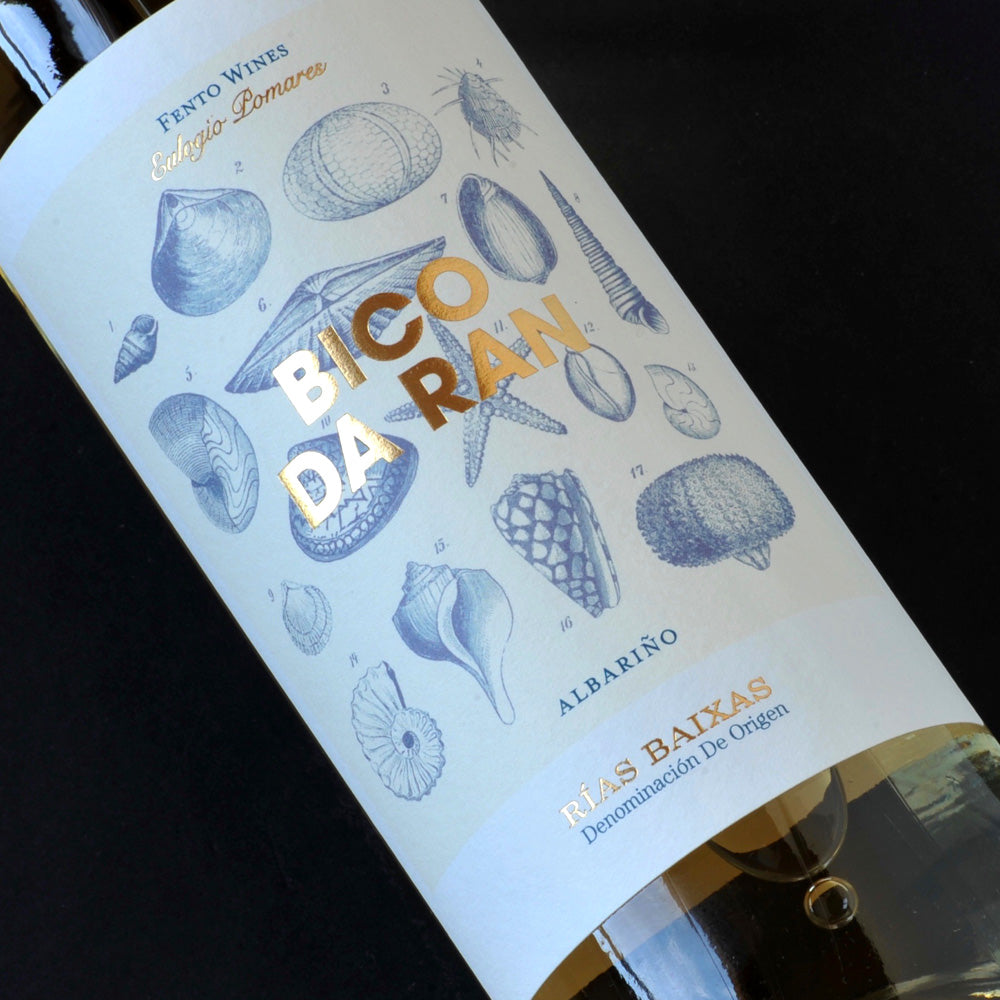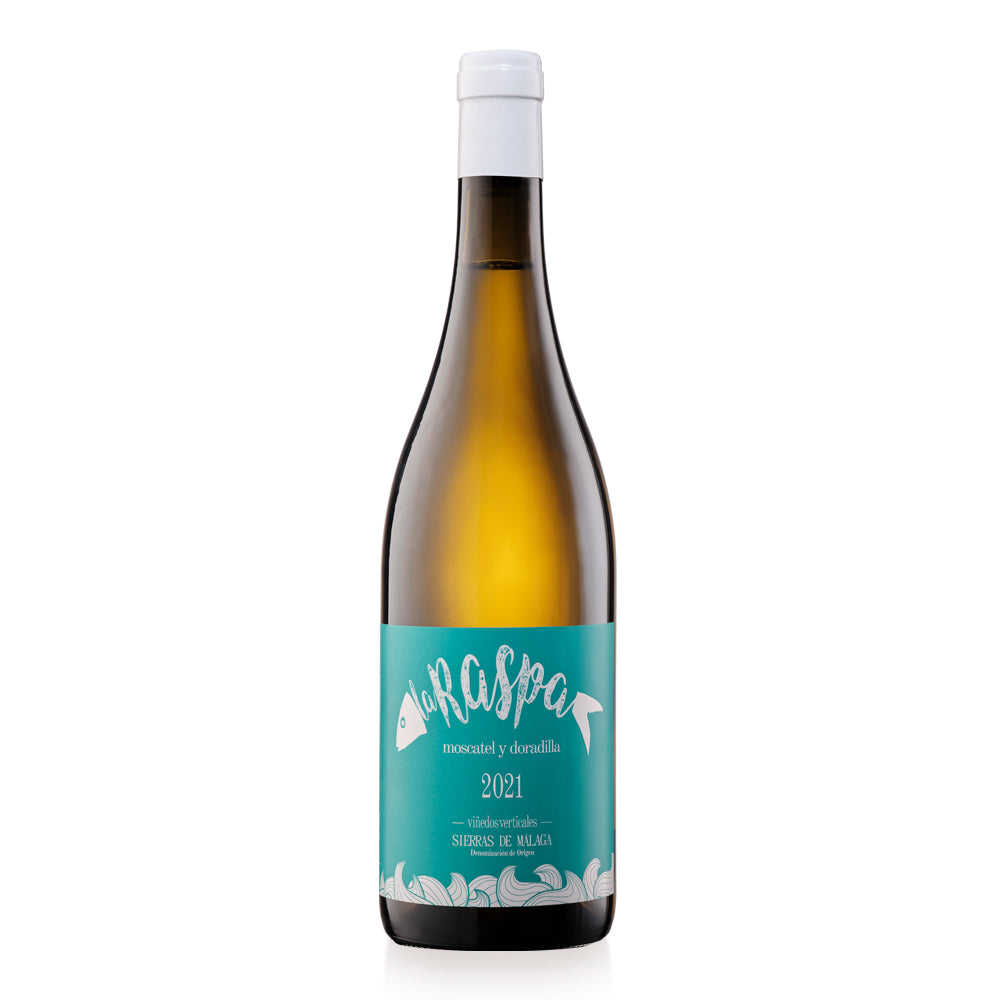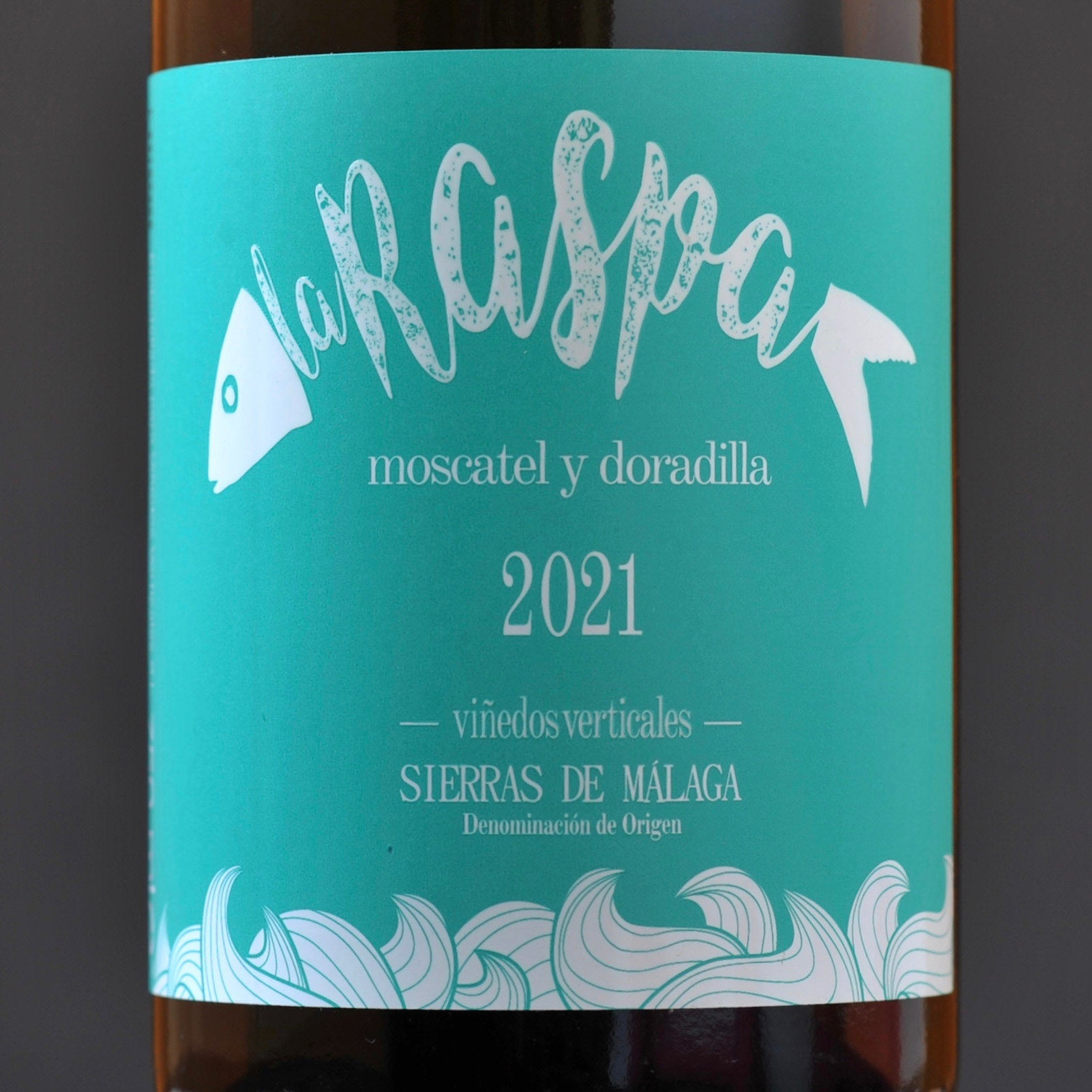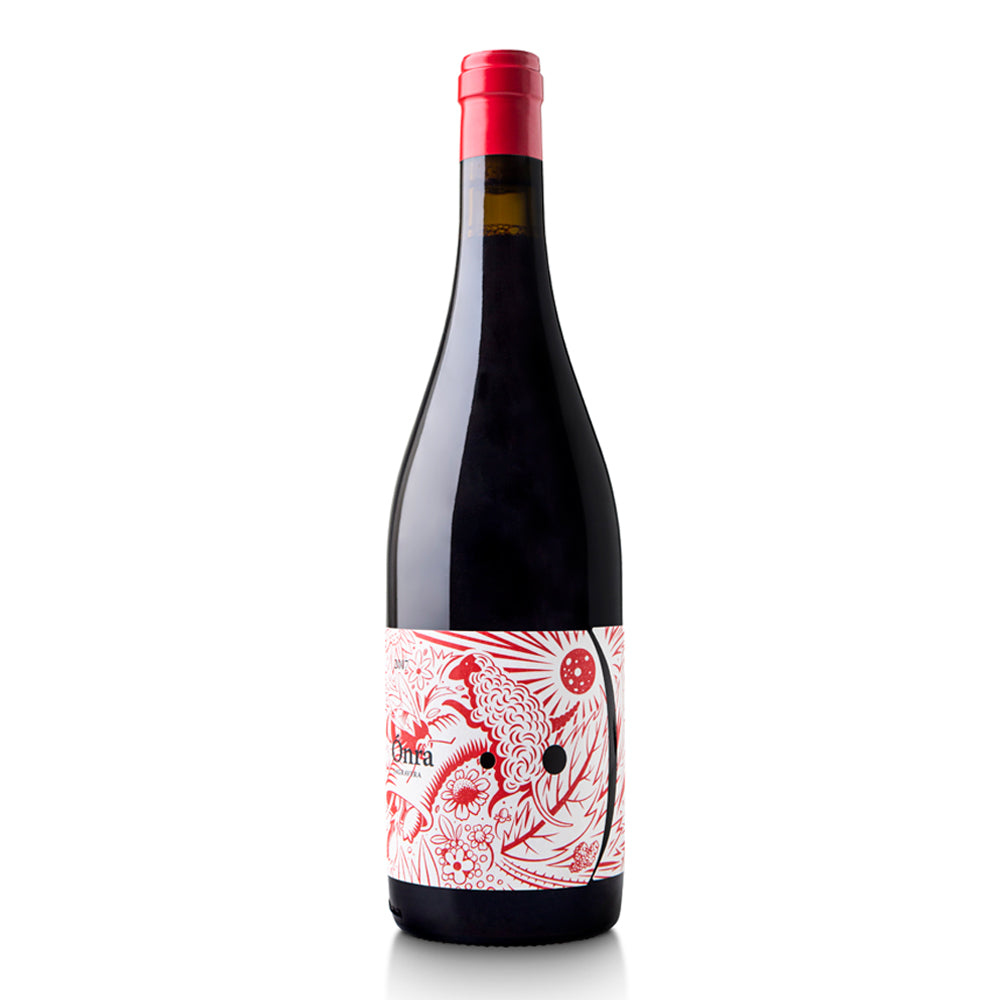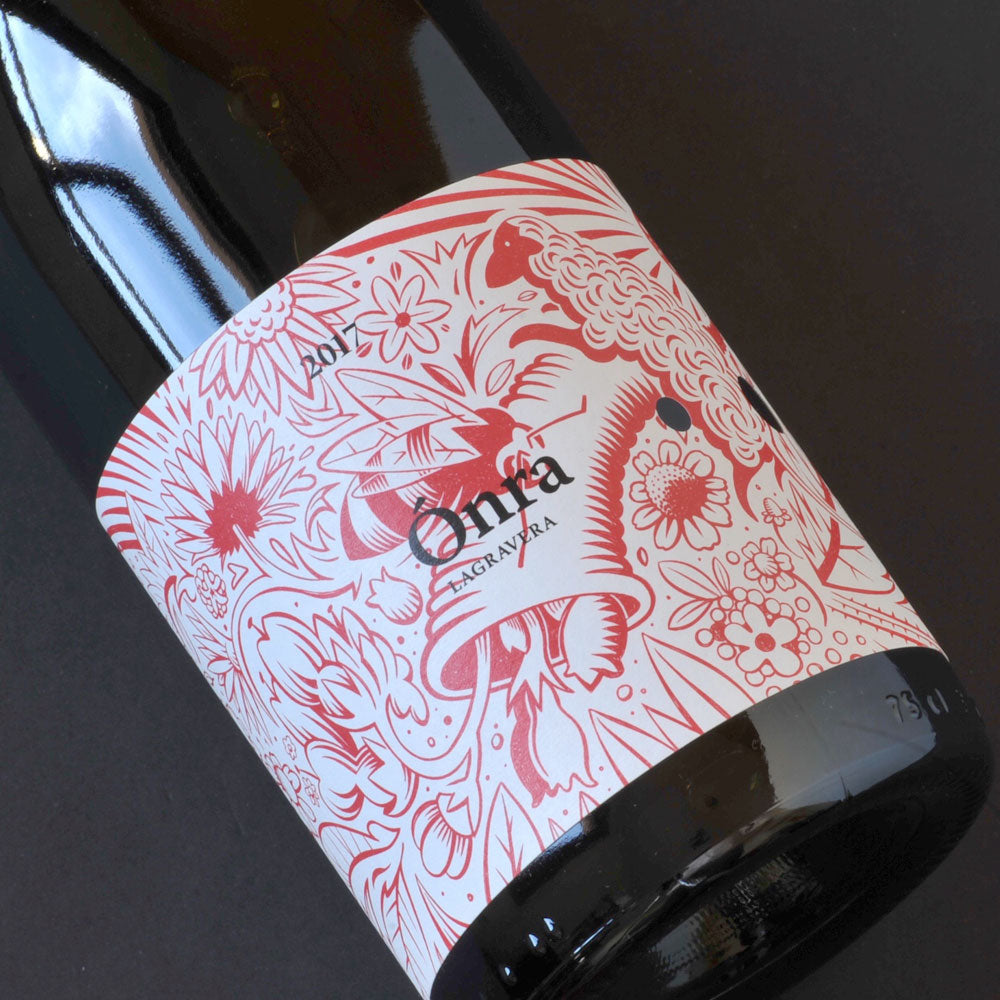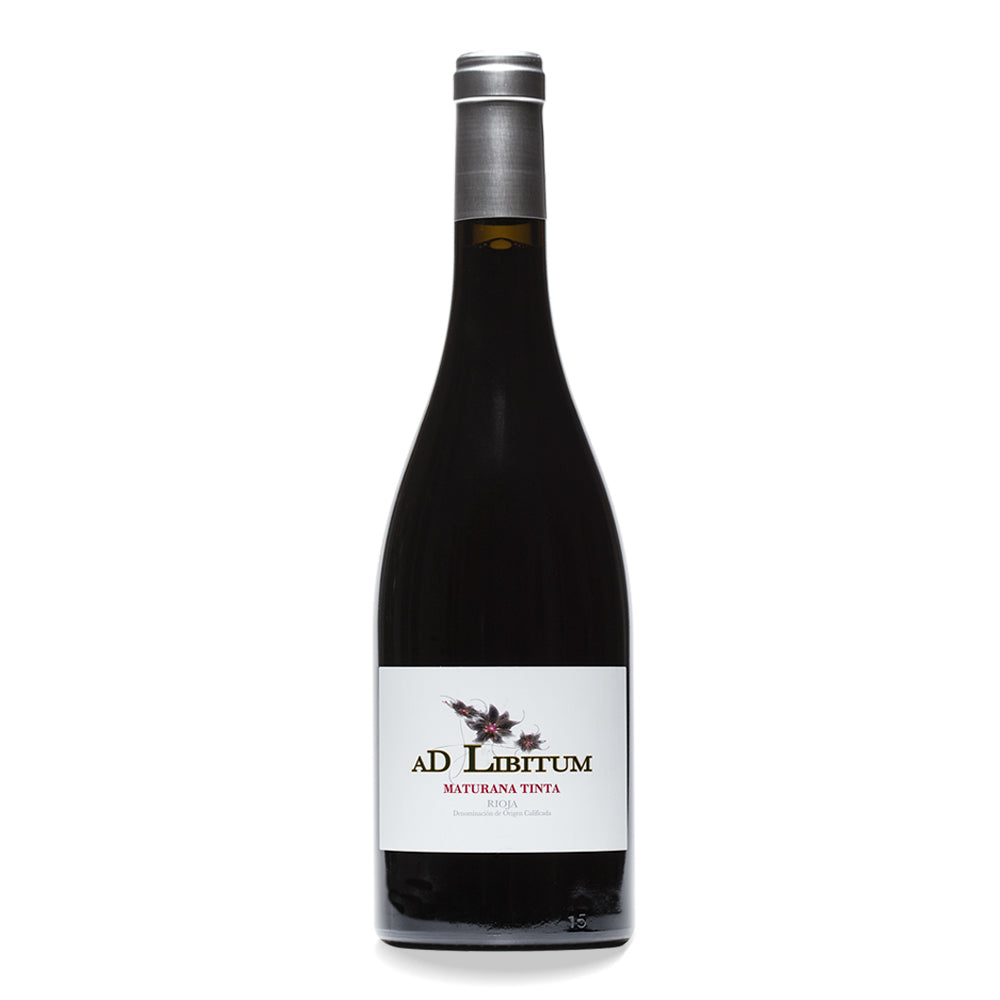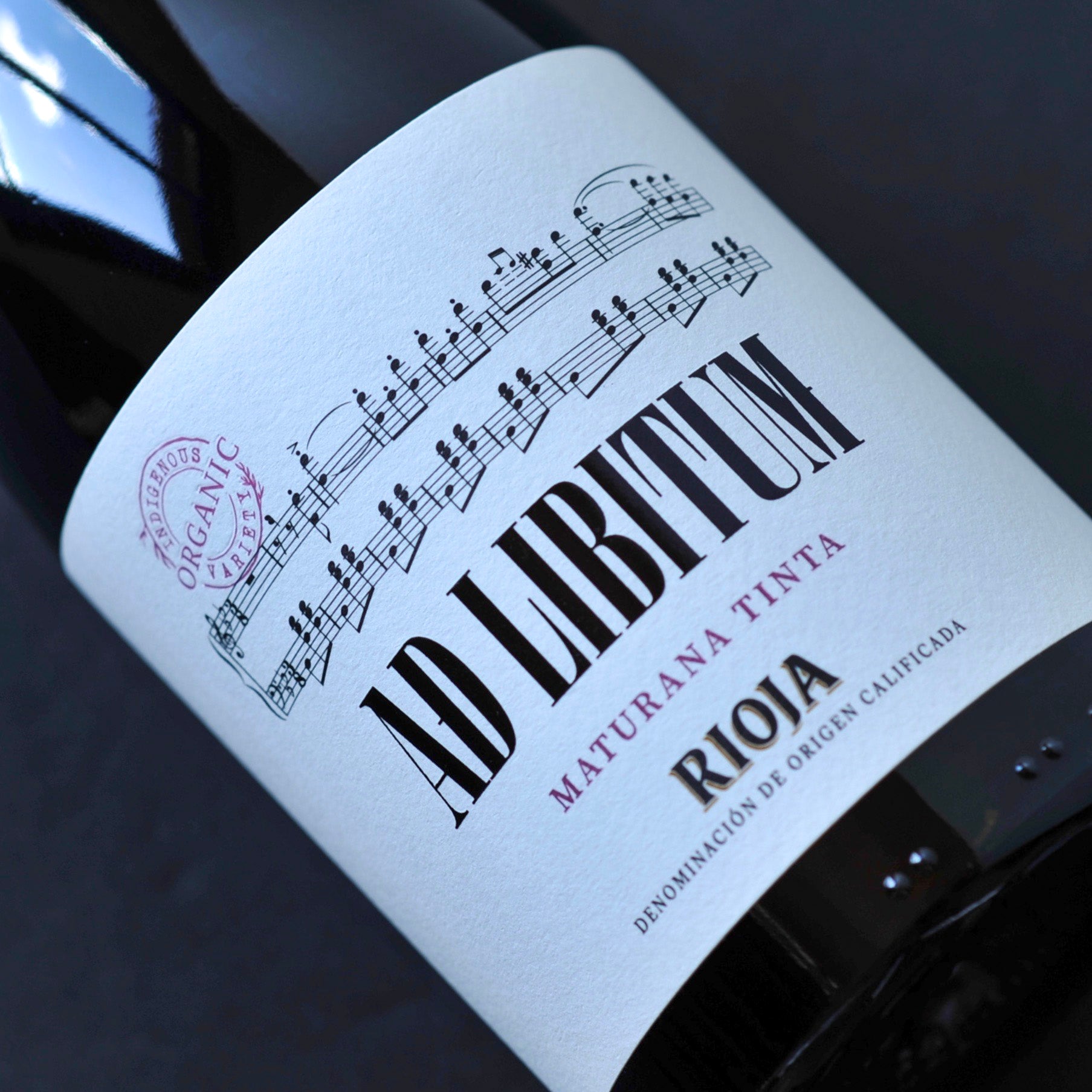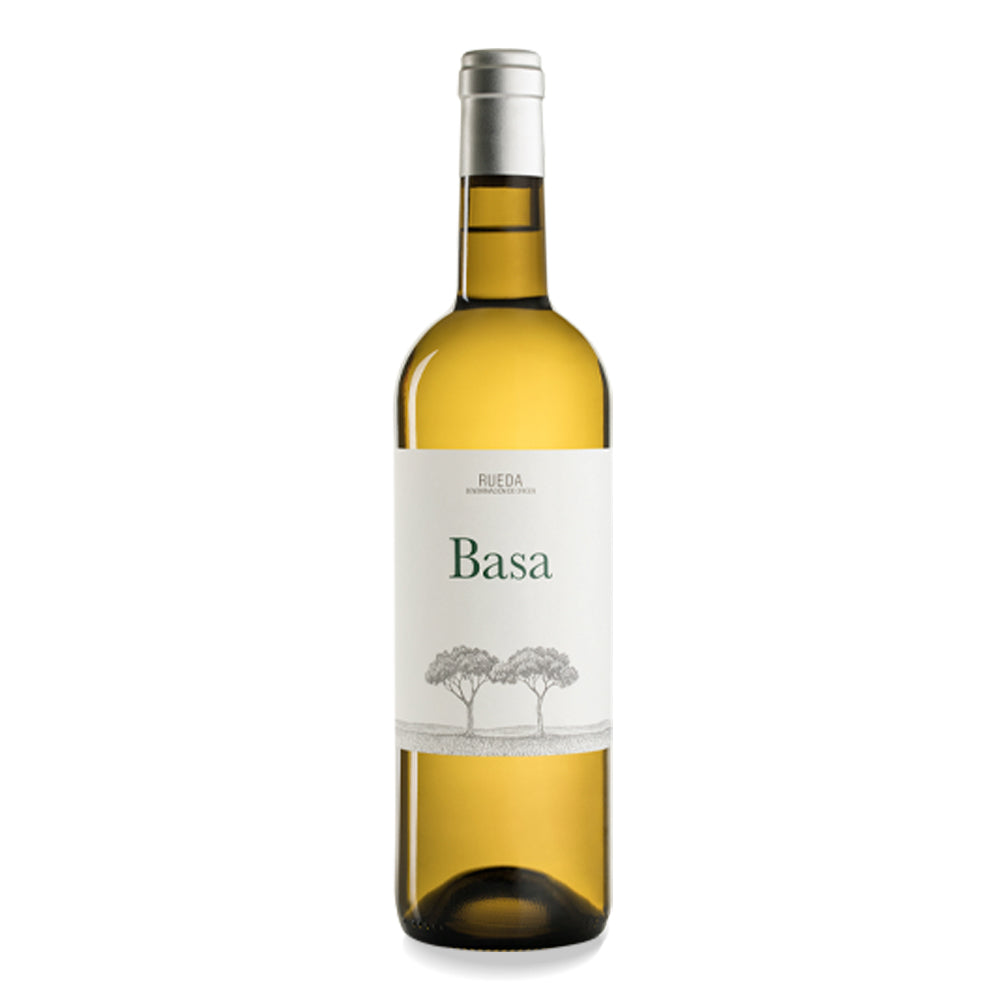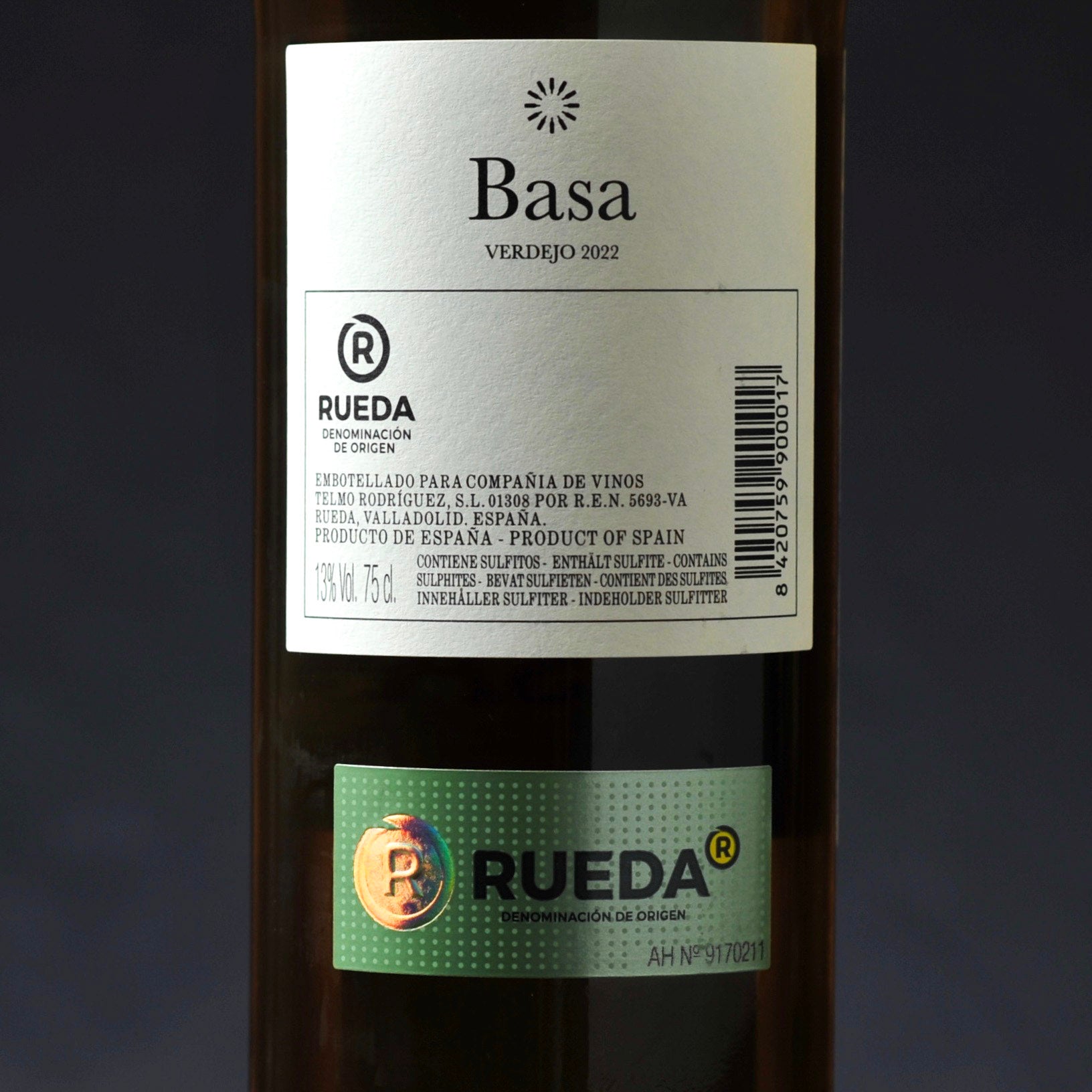Key Points
- Grape varieties: Tempranillo, Cabernet Sauvignon, Petit Verdot, Syrah, Merlot, Tintilla de Rota, Chardonnay, Palomino Fino
- Hectares planted: 1,500
- Wineries: 16
About VT Cádiz
In Spain, wine classification follows the European framework of rules and wines are classified into two distinct categories: Denominación de Origen Protegida, or DOP wines, and Indicación Geográfica Protegida, or IGP wines.
What’s the difference? Well, for a winery to be part of a DOP, every stage of its winemaking has to happen within the designated geographical area, which means that all the grapes have to be grown within the region where the wine is made. And each DOP has a list of grapes which wineries are allowed to use. For IGP wineries, only one of the production stages has to take place in the area, and only 85% of the grapes have to come from the area where the wine is made.
IGP wines tend to cover a larger geographical area than DOP wines, and are labelled ¨Vinos de la Tierra de (the region they are from)¨. The Vinos de la Tierra de Cádiz IGP was established in 2005 and is used for wines that are made, bottled and aged in fifteen towns in the province of Cadiz.
The geography and climate of VT Cádiz
VT Cádiz is currently Spain’s fourth largest IGP (behind Castilla, Castilla y León and Extremadura) and 80% of the production is centred on white wines made predominantly with the Palomino Fino grape. Away from the coast, VT Cádiz is relatively flat, with gentle rolling vineyards and the odd hill. Soils in the main are limestone – think of the trademark white albariza - , with some sand and clay.
The climate is mild to warm, characterised by gentle winters with very low risk of frost. Vineyards enjoy an average 300 days/year of sunshine, with over 1,000 hours of sun in summer. Rainfall is perhaps higher than you would expect at 600 litres/m2, and tend to be concentrated between December to March. The proximity of the sea means that morning dews can be heavy, which helps the plants to breathe and counteracts the high temperatures. Wind is another important climatic factor in the region: the warm, dry Levante, which blows from inland to the East, and the humid Poniente which comes in off the Atlantic to the West.
The grapes of VT Cádiz
VT Cádiz’s list of authorized grapes includes a few local varieties which are worth a special mention. Tintilla de Rota is native to Cádiz and was particularly popular in the nineteenth century around the town of Rota where it was used to male dry red wines. Although at the time of the last Ministry of Agriculture census in 2021 Tintilla covered just 26 hectares across the whole of Andalucía, its popularity is once again on the rise in VT Cádiz wineries. It tends to give very dark red wines with a violet streak, and has sweet and bitter notes on the palate.
In terms of white grapes, Palomino Fino is very much the ¨Queen of the South¨, and remains the stand-out variety for the wonderful range of fortified wines that come out of the Marco de Jerez. But for still wines too, Palomino is coming into its own as younger generations of producers, often from established, sherry-producing families, revive some of the winemaking traditions of the region, including unfortified, white table wines for everyday drinking known as ¨vinos de pasto¨.

